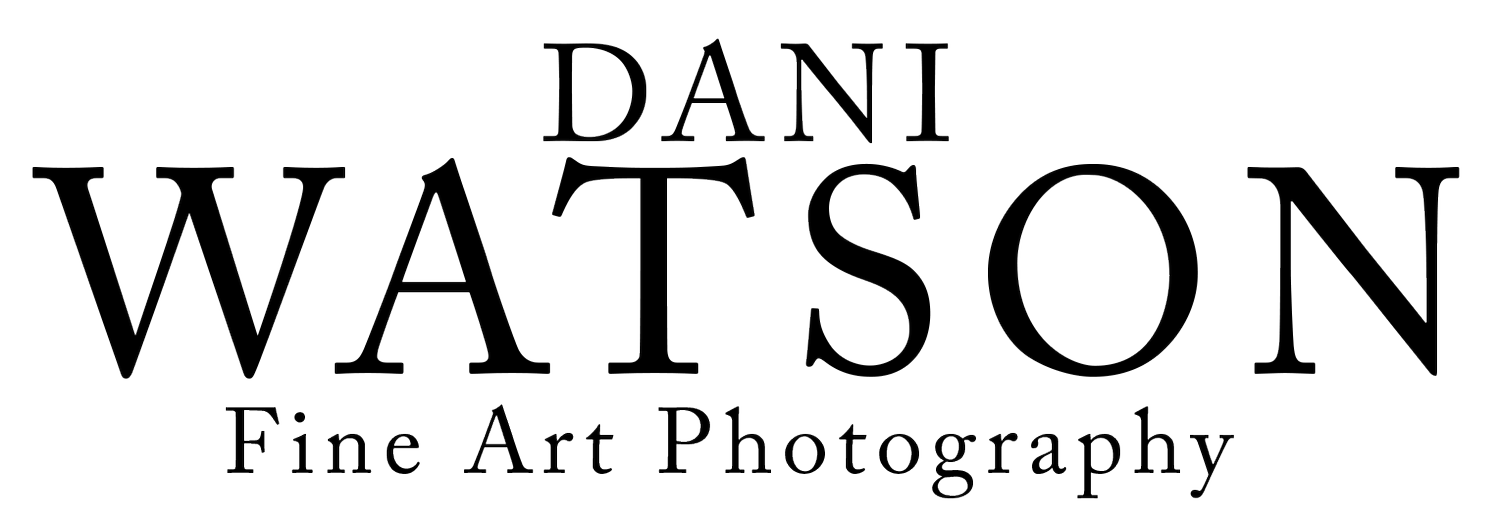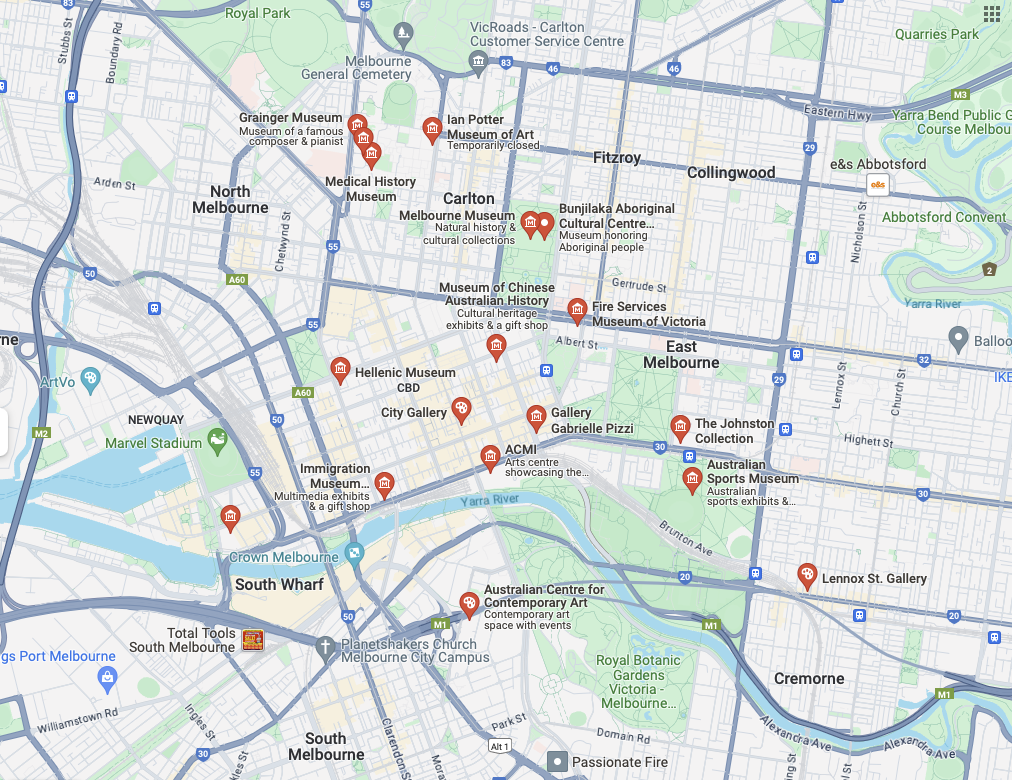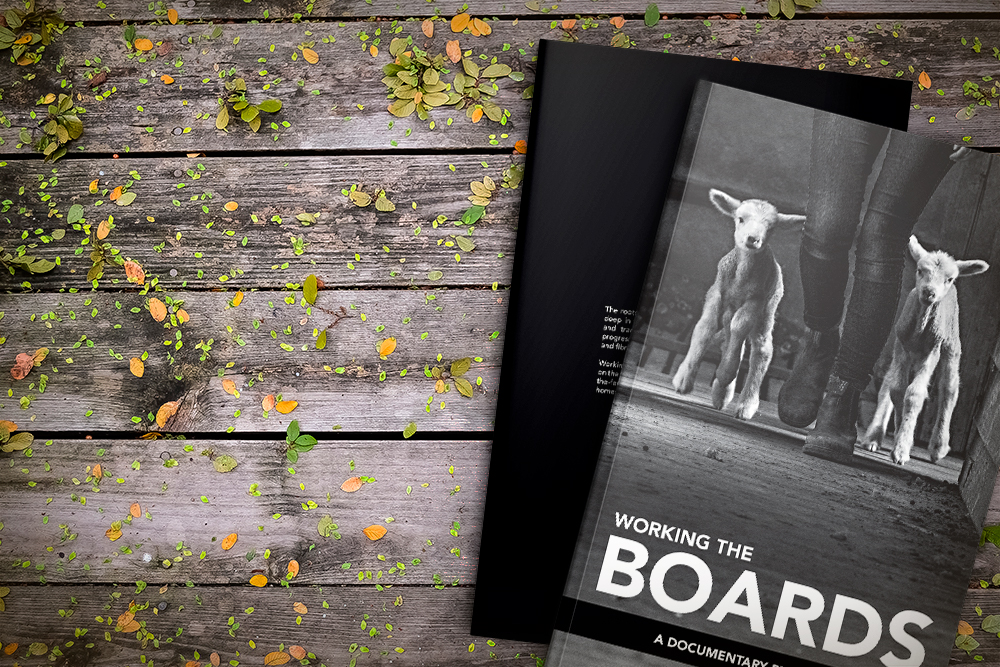Planning for a Photographic Exhibition: The Journey Begins Part I
Join me as I embark on the meticulous journey of planning my photographic exhibition, from choosing the perfect venue to crafting a theme that resonates with my vision and audience.
Welcome to the first instalment of my blog series, where I dive into the intricate process of planning my first solo photographic exhibition. This journey is filled with challenges, learning curves, and moments of excitement. Whether you're an aspiring photographer thinking about your own exhibition or simply curious about what goes into such an endeavour, I invite you to follow along as I navigate through this creative voyage.
The Quest for the Perfect Venue
Securing the perfect venue often emerges as one of the most challenging initial steps when orchestrating an exhibition. It transcends the mere act of finding an available space; it's about discovering a venue that aligns seamlessly with both your artistic expression and overarching vision for the showcase. For me, this journey began with tapping into my professional network for suggestions. Conversations with fellow artists and photographers steered me towards considering several galleries in Melbourne, a prospect that was simultaneously exciting and intimidating.
To navigate through the myriad of options, I turned to the Creative Spaces website, a resource dedicated to listing available venues in Australia. I knew that securing a gallery space would be competitive, given that many galleries plan their schedules up to twelve months in advance. Moreover, there were other critical factors to weigh, such as the size of the space, its location, the cost implications, and the duration for which the venue could be booked. While some listings provided upfront details about costs and booking durations, others required a more formal application to obtain a quote.
Armed with a comprehensive understanding of what was available and what I needed, I proceeded to the next crucial step: reaching out to these venues. In today's digital-first world, having a polished, professional website and portfolio is indispensable. This digital presence serves as your first impression, making it imperative to present your work in a professional light, far removed from the casualness of Instagram or other social media platforms. My submissions were thorough, showcasing my work and clearly articulating my vision for the exhibition which helped because it was as part of my Masters of Arts (Photography) exhibition.
The response was more positive than I had anticipated. Several galleries expressed interest in hosting my exhibition, marking a significant early victory in the planning process. This not only affirmed the appeal of my work but also underscored the importance of a well-curated portfolio and the strategic use of professional networks.
Considerations
After receiving responses from interested venues and galleries, it's essential to dive into the financial details of hosting an exhibition. The costs associated with using a venue can differ greatly and might include rental fees or commissions.
Here are key financial questions to ask:
What is the weekly rental fee for the venue, and what services does this cover?
Will the gallery take a commission from any sales made during the exhibition?
Is the venue staffed, or will you need to arrange for your own personnel?
Are marketing and promotional costs included in the venue fee?
How well-placed is the gallery in terms of attracting passersby and visitors?
The overall expense of putting on an exhibition can rise quickly, especially when you factor in additional costs like printing artwork, framing, marketing, and hosting an opening night event. For artists who are just starting out, it's important to manage your budget carefully. Looking for sponsorships or applying for grants can be effective ways to fund your exhibition without exhausting your resources.
Choosing The Right Space
After carefully considering my options, I narrowed my choices down to three distinct venues, each with its own set of advantages and challenges. The first option was a professional art gallery, which naturally offered a comprehensive solution tailored for exhibitions, though at a steep cost. The second was a unique venue that seemed like a perfect match for my exhibition's theme, offering an ideal short-term space for a few days that could significantly enhance my work's presentation. However, the potential need for additional equipment raised questions about long-term cost-effectiveness. The third option was a familiar local space that provided the flexibility of indoor and outdoor displays, yet its location posed a challenge.
After much deliberation, I decided on the professional gallery space. Despite the hefty weekly cost of over $3500, it felt like the right choice for my first exhibition, especially as I am at the early stages of my photography career. I prioritised having a stress-free experience, where concerns about lighting, artwork installation, and maintaining a clean, contemporary space were handled by professionals. This decision was also heavily influenced by the need for foot traffic. As a photographer aiming to sell prints, the ability to attract visitors through the gallery's location and leverage its customer database for promotion became the deciding factor.
Choosing the professional gallery represented a significant investment in my future, ensuring my work would be showcased in an environment that not only reflects the quality of my art but also maximizes its exposure to potential buyers.
Sponsorship
For emerging artists, the path from concept to exhibition is often paved with financial challenges. This is where seeking sponsorships or grants becomes essential, providing the support needed to bring your creative vision to life. These are partnerships where businesses financially back your project in return for promotional benefits. When looking for sponsors, consider what you can offer them, such as featuring their logo on your materials or hosting an exclusive event. Crafting a proposal that highlights mutual benefits is crucial. Grant can be another avenue, Offered by organizations or government bodies, grants are funds allocated for projects like yours. Although competitive, they don't require reciprocation. Focus on grants that align with your work and prepare a detailed application showcasing your project's value and impact.
Whether applying for a grant or seeking sponsorship, your proposal should be clear, compelling, and professional. Include your exhibition's concept, its significance, a budget, and images of your work. This process also offers a chance to connect with the art community and potential backers. Engage with arts councils, join networks, and participate in events to expand your circle.
Crafting a Cohesive Theme
Securing the venue marked a pivotal moment in my journey, allowing me to pivot my focus fully towards refining the thematic essence of my exhibition. The groundwork for this project had been laid over the course of 18 months, a period rich with exploration and introspection. This extensive timeframe afforded me the invaluable opportunity to delve deep into my travels and personal experiences in search of a cohesive concept that could seamlessly weave my body of work together. The spark of inspiration I had been searching for ignited unexpectedly during a visit to another artist's exhibition. It was in that moment of profound connection with their work that I found the missing piece to my own puzzle. Thus, the theme "Connection" was born.
The importance of a meticulously chosen theme cannot be overstated. It acts as the exhibition's heartbeat, pulsating through every aspect of the show. A compelling theme does more than provide an artistic boundary; it breathes life into the exhibition, giving it a distinct identity and emotional depth. It informs the selection of pieces, ensuring each work not only stands on its own merit but also contributes to a larger narrative. Moreover, the theme becomes a cornerstone of the marketing strategy, offering a narrative hook that can engage potential visitors on a deeper level, drawing them into the world you've curated.
"Connection" emerged not just as a title, but as a philosophical lens through which my work could be interpreted. It encapsulated my desire to explore the myriad ways in which we connect with the world around us—through landscapes, through moments, through the unspoken bonds that unite us across cultures and experiences. This theme promised to guide visitors on a journey, inviting them to uncover the subtle threads of connectivity woven throughout my photographs.
As I moved forward with planning the exhibition, "Connection" serves as a beacon, guiding my decisions from the curation of specific pieces to how they would be displayed. It influenced the design of promotional materials, the layout of the gallery space, and even the conversations I hoped to spark among attendees. In embracing this theme, I committed to creating an experience that was not only visually captivating but also emotionally resonant, offering a space where visitors could reflect on their own connections to the world.
Understanding Your Space and Audience
Understanding the chosen venue and its typical audience is crucial for a successful exhibition. In my situation, the selected professional gallery, with its clean, modern aesthetics, aligns perfectly with my artistic style. This alignment, coupled with insights gained from examining past exhibitions held at this venue, confirmed that the audience demographics and marketing opportunities were an ideal match for my work. Situated in Collingwood, the gallery attracts professionals and young professionals who are likely to appreciate contemporary takes on traditional themes, such as my fresh perspective on landscapes. This knowledge was instrumental in shaping my expectations and planning my presentation strategy. Acknowledging that this venue often caters to a clientele interested in high-end fine art, I decided to adopt a minimalist presentation approach. This decision was made to harmonise with the gallery's atmosphere and allow the artwork to stand out on its own merit.
Choosing to exhibit in this space is a calculated risk, but I strongly believe in my vision. If I can successfully bring this vision to life within this context, I am confident that the gamble will pay off, offering my work exposure and validation.
In the next installment of this series, I'll delve deeper into the selection and curation process, sharing insights on how to choose works that not only embody your theme but also engage your audience. For now, I leave you with this: the path to hosting a photographic exhibition is fraught with challenges, but it's those very challenges that make the experience so rewarding. Stay tuned for more insights as I continue to plan and prepare for my debut show.
A Fine Art Photographer's Guide: 10 Essential Tips for Beginning Your Art Collection Journey
A fine art photographer shares 10 essential art collecting tips for beginners, focusing on limited editions, trusting personal taste, the impact of larger prints, framing, repetition, consulting, and more
As a fine art photographer, I've spent countless hours exploring the depths of creativity and expression. Each photograph has its own story, its own unique fragment of the world, captured and preserved in time. This experience has taught me not just about creating art, but also about appreciating and collecting it. Today, I want to share with you some invaluable insights that will help you embark on your own journey into the world of art collecting.
1. The Allure of Limited Editions
In the realm of art collecting, limited edition pieces hold a special place. They're like rare gems, their value heightened by their scarcity. Unlike mass-produced artworks, limited editions offer an exclusive experience, a connection between you and the artist that is shared by only a select few. They are tangible proof of your commitment to the arts, a badge of honor that distinguishes you as a true patron. As a beginner, acquiring limited editions can be an exciting entry point into the world of art collecting.
2. Trusting Your Aesthetic Instincts
Art, in its purest form, is a reflection of the soul. It speaks to us in ways words often fail to, stirring emotions and sparking thoughts within our deepest selves. As such, your personal taste plays a pivotal role in your art collecting journey. Trust your instincts. If a piece moves you, if it speaks to you in a way that nothing else does, then it deserves a place in your collection. Remember, the primary purpose of collecting art is to enrich your life, to surround yourself with works that inspire, challenge and delight you.
3. The Impact of Size
Size matters, especially when it comes to art. Larger prints possess a certain gravitas, a commanding presence that can transform any space into a personal gallery. They draw the eye, becoming conversation pieces that provoke thought and admiration. While they may require a more substantial initial investment, the aesthetic return can be truly rewarding.
4. Framing: The Art Within an Art
A frame is more than just a protective border for an artwork. It's an extension of the piece itself. The right frame can amplify a work's visual appeal, complementing its colors, enhancing its textures, and accentuating its beauty. On the other hand, the wrong frame can distract from the artwork, diminishing its impact. As such, it is worth consulting with a professional framer who can guide you on selecting the perfect frame that harmonizes with your piece.
5. The Power of Repetition
Repetition is a potent tool in art. It creates rhythm, establishes harmony, and adds depth to a composition. In your collection, repeating elements - be it color, form, or subject matter - can establish a cohesive theme, making your collection more visually compelling and personally meaningful. It also provides a sense of direction for future acquisitions, helping you build a collection that tells a coherent story.
6. The Value of Art Consultants
Navigating the art market can be a daunting task. This is where art consultants come in. Armed with extensive knowledge and deep connections within the art community, they can provide invaluable insights and advice. They can introduce you to emerging artists, guide you towards pieces that align with your tastes and budget, and even negotiate purchases on your behalf.
7. Learning the Language of Art
Art has its own language, a lexicon of terms that describe techniques, styles, periods, and more. Understanding this language can enrich your appreciation of artworks and equip you with the vocabulary to articulate your thoughts and impressions. It can also boost your confidence when engaging in discussions with artists, gallery owners, and fellow collectors.
8. The Importance of Research
Knowledge is power, especially in the world of art collecting. Researching artists, styles, and periods can provide a deeper understanding of the artworks you're interested in. It helps you make informed decisions, ensuring that each acquisition is not just an emotional choice, but also a strategic one.
9. Immersing Yourself in the Art Scene
There's nothing quite like experiencing art in person. Visiting galleries and attending art fairs offer opportunities to see a diverse range of artworks, from established masters to up-and-coming talents. These experiences can help refine your tastes, inspire new interests, and keep you abreast of current trends in the art world.
10. Collect with Passion
At the heart of every art collection is passion. It is the driving force that compels us to seek out new pieces, to learn about different artists, to invest time, energy, and resources into this endeavor. Remember, the art you collect should resonate with you on a personal level, reflecting your tastes, your interests, and your experiences. Because at the end of the day, you are the one who will be living with these pieces. They should bring joy into your life, provoke thought, and inspire creativity.
As you embark on your art collecting journey, remember these tips. They will guide you through the fascinating world of art, helping you build a collection that not only reflects your personal taste and aesthetic, but also brings you immeasurable joy and fulfillment.
The Land Of Elemental Beauty
Over the years, I have been intrigued by stories of the Australian Landscape, however it is seldom that as photographers we communicate those stories. This project depicts the story of how drought and floods interacts to create abstract poetry as though a painter wields his watercolour brush across a canvas.
THE LAND OF ELEMENTAL BEAUTY
CAPTURING AUSTRALIA’S LANDSCAPE FROM THE AIR
Over the years, I have been intrigued by stories of the Australian Landscape, however it is seldom that as photographers we communicate those stories.
The Land of Elemental Beauty is a personal project and series of images that depicts the stories and how drought and floods interacts to create abstract poetry as though a painter wields his watercolour brush across a canvas.
Each series of images in concealed locations throughout Australia allows us to take a step back from our conventional line of sight to provide a unique perspective in the hope it triggers an emotional response.
As a result, we can find value in the landscape through an elevated portal that highlights the interaction of colours, geology, textures, and details which tells the landscapes often concealed story.
AWARDS
2022 Capture Magazine Australian Emerging Landscape Photographer of the Year - Runner Up
2019 Capture Magazine Australian Emerging Student Photographer of the Year - 3rd Place
2019 Capture Magazine Australian Emerging Landscape Photographer of the Year - Top 50
2019 Capture Magazine Australian Emerging Art Photographer of the Year - Top 20
2019 Australian Photography Magazine - Photo of The Year - Top 50
Capitol Theatre
The Capitol Theatre is slated to reopen 2019 after being carefully restored. The project is an ongoing project in conjunction with RMIT University which sees the 1920’s art deco building restored to its former glory.
Capturing Renewal: A Photographic Journey Through the Restoration of RMIT's Capitol Theatre
The restoration of the Capitol Theatre, an iconic Melbourne landmark with a rich cinematic and architectural heritage, represents a significant moment in the cultural and educational landscape of the city. Owned by RMIT University, the theatre underwent an extensive restoration process beginning in June 2018, following years of disrepair that led to its closure in 2014. This project was not merely an act of physical refurbishment but also a reinvigoration of the theatre's role as a central hub for students, academics, and the broader film industry.
The photographic documentary project embarked upon to capture the restoration of the Capitol Theatre was conceived as a means to visually chronicle this transformative journey. Starting in June 2018, the project aimed to document each stage of the restoration process, culminating in the publication of a photographic book. This endeavour sought to provide a tangible record of the meticulous work involved in restoring the theatre to its former glory while integrating modern technological advancements and seating arrangements tailored for the 21st century.
Initially constructed in 1924, the Capitol Theatre has long been recognised for its spectacular architectural design and historical significance within Melbourne's cultural narrative. The decision by RMIT University to restore and reopen the theatre in 2019 after a $20 million-plus investment highlights the institution's commitment to preserving this piece of Melbourne's history for future generations.
Throughout the restoration process, the project involved navigating the complex arrangement of the site, which included reducing the seating capacity to 800 seats and modifying the original stalls and street entrance. These changes were implemented carefully, considering the theatre's heritage, ensuring that the essence of the original design was preserved while accommodating contemporary needs.
This photographic documentary project serves as a visual archive of the restoration process and an educational resource that offers insights into the challenges and triumphs of preserving historical landmarks. The final photographic book aims to celebrate the collaborative efforts of architects, builders, and the RMIT community in revitalising the Capitol Theatre. It stands as a testament to the enduring importance of cultural preservation and the role of visual documentation in capturing the evolving story of our built environment.
Through this project, the Capitol Theatre's journey from disrepair to rejuvenation is immortalised, providing a valuable resource for students, academics, and enthusiasts interested in the intersections of photography, architecture, and historic preservation. The photographic documentation of the Capitol Theatre's restoration highlights the technical and aesthetic aspects of the process. It underscores the significance of such endeavours in enriching our cultural and educational landscapes.
The Capitol, 2022
by RMIT University
Published by Tracy O’Shaunghnessy
Country: Australia
Designed by Stephen Banham | Letterbox
Editor Cinzia Cavallaro
Printed by Bowen Street Press
Size: 200 x 200
Pages: 112
Edition of: 500
Printing: Printed and bound in Australia by Printgraphics
2021 Australia’s Emerging Photographers Awards | Art Category | Top 30
2021 Australia’s Emerging Photographers Awards | Black & White Category | Top 30
2021 Australia’s Emerging Photographers Awards | Single Shot | Top 40
2020 Australian Photographer of the Year Awards | Creative Category | Top 50
2019 Australia’s Emerging Photographers Awards | Art Category | Top 30
2019 Australia’s Emerging Photographers Awards | Documentary Category | Top 30
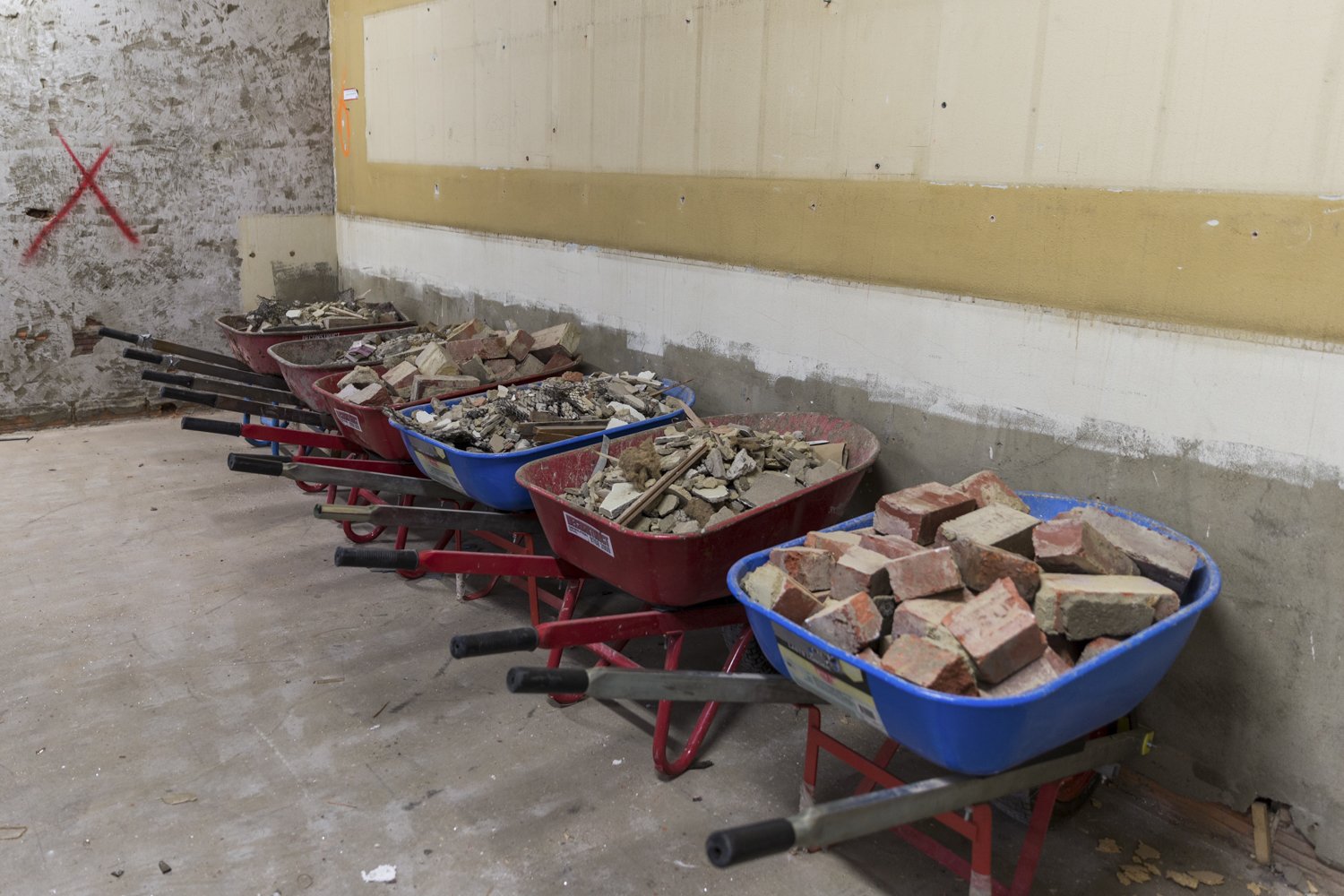
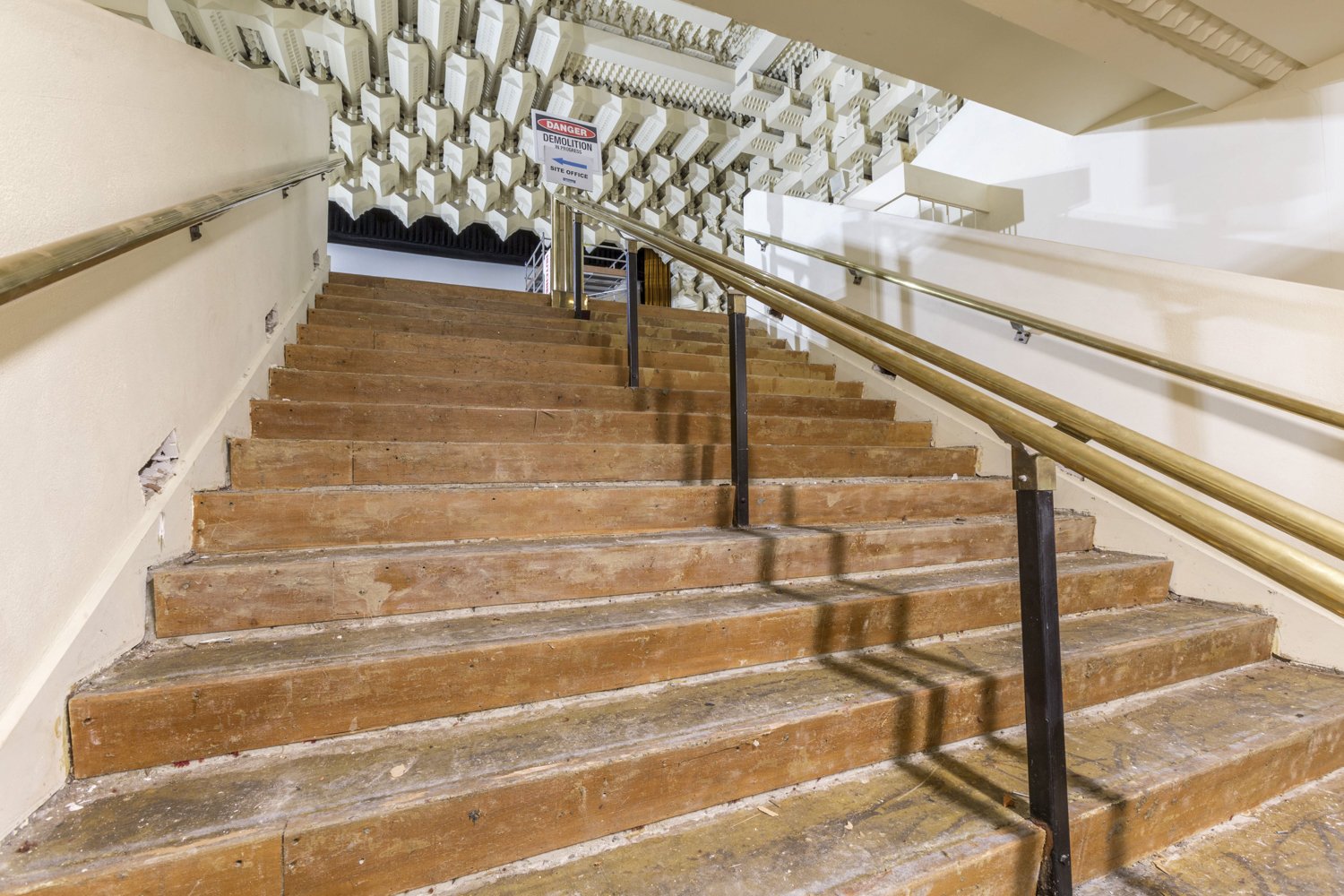
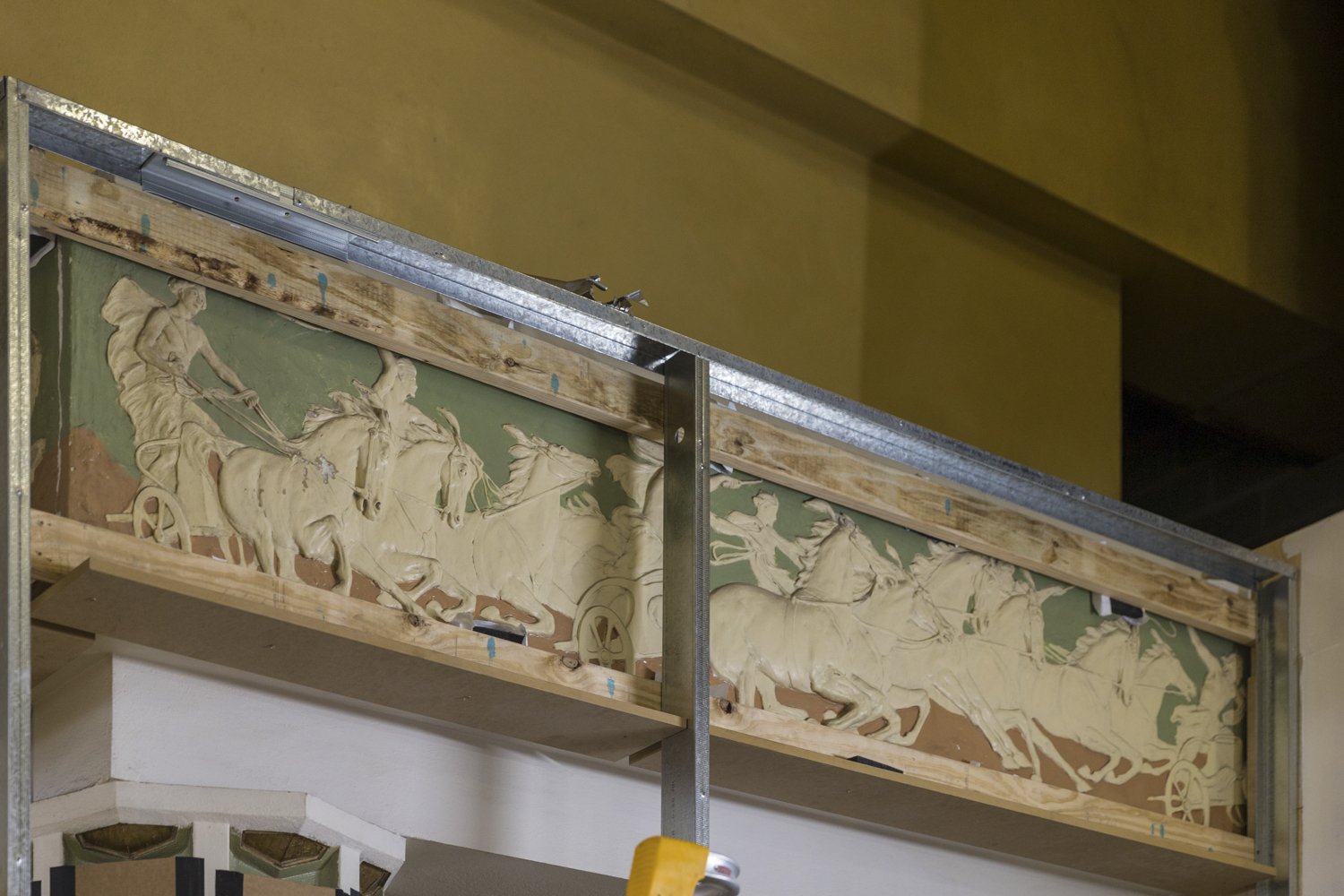
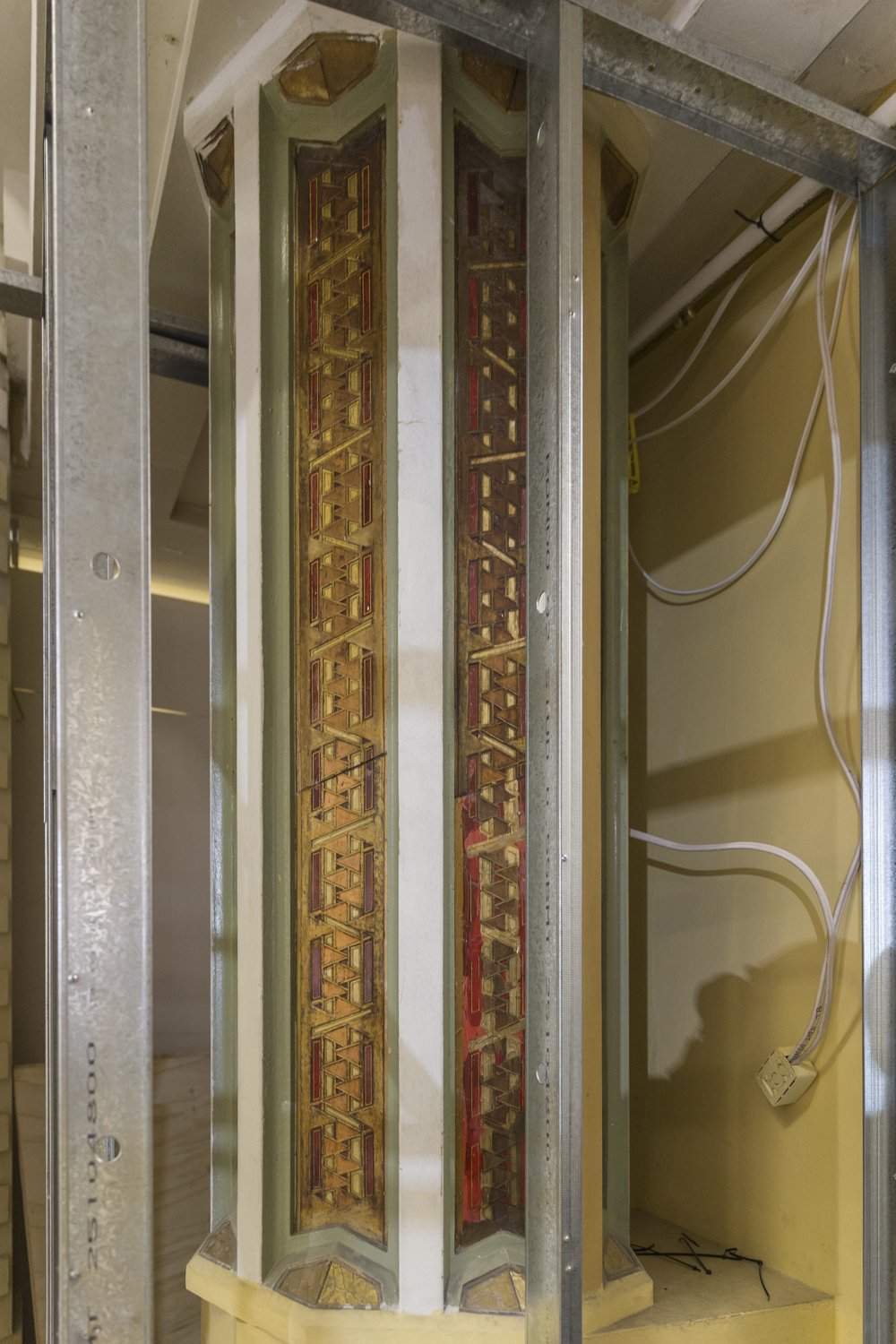
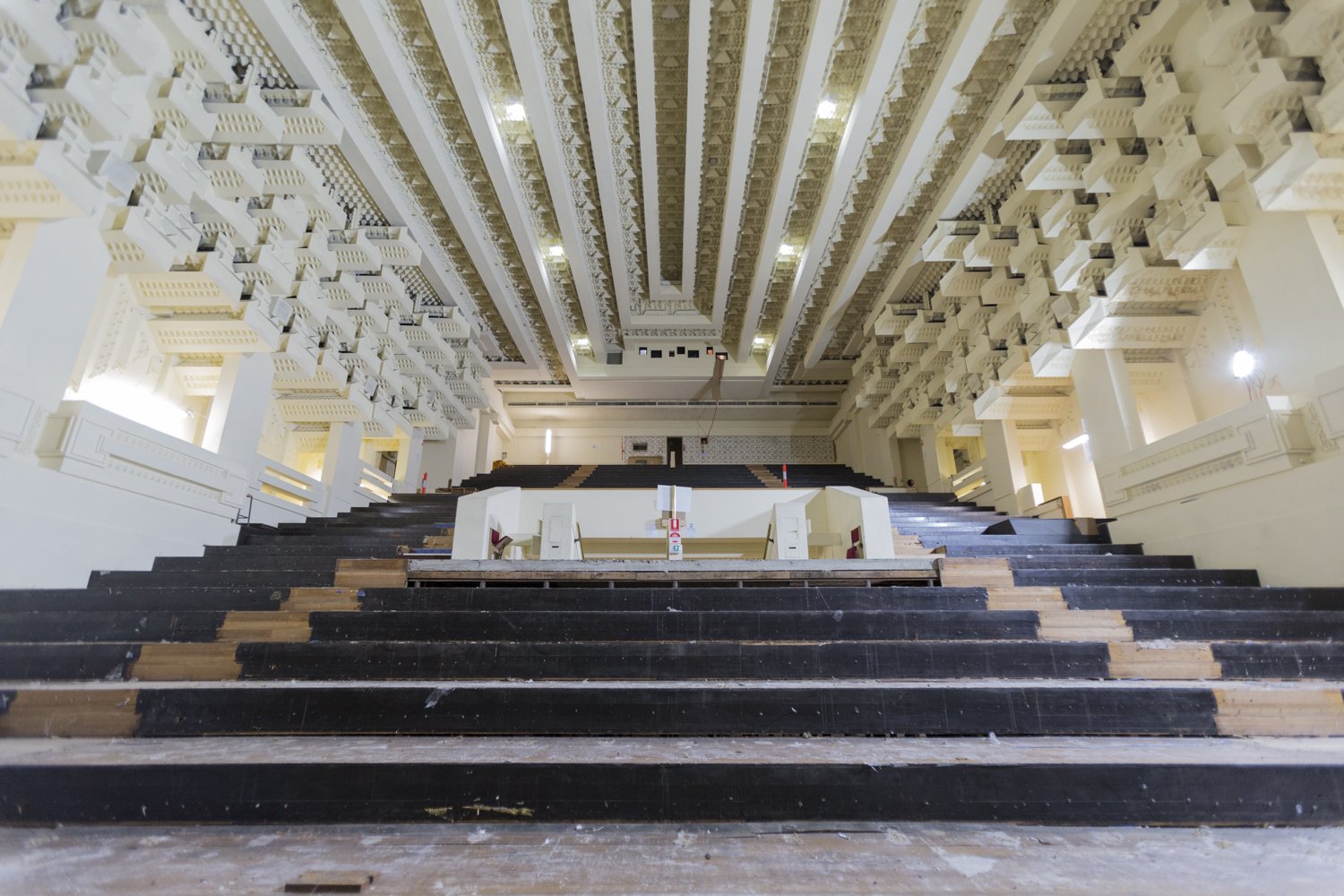
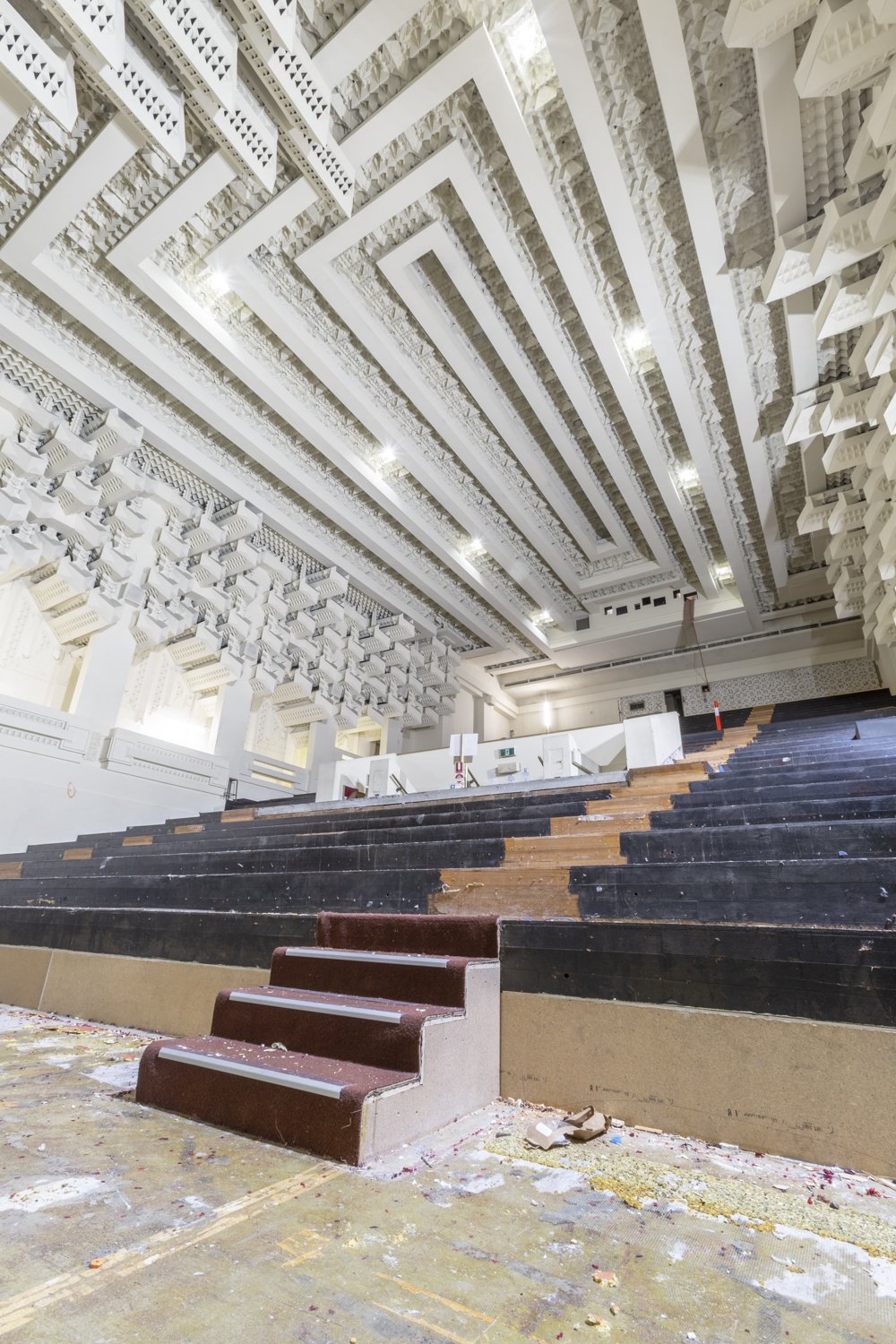
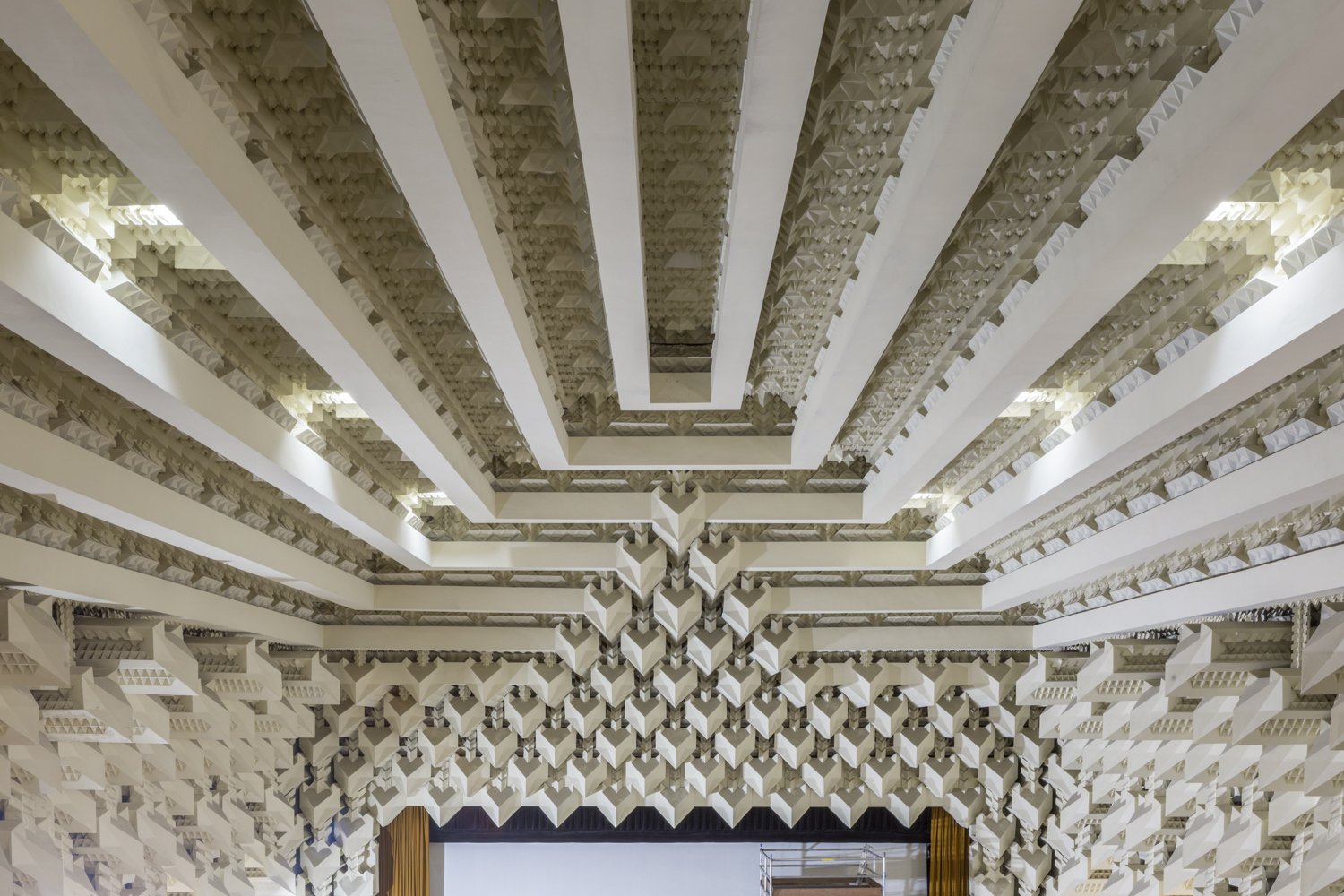

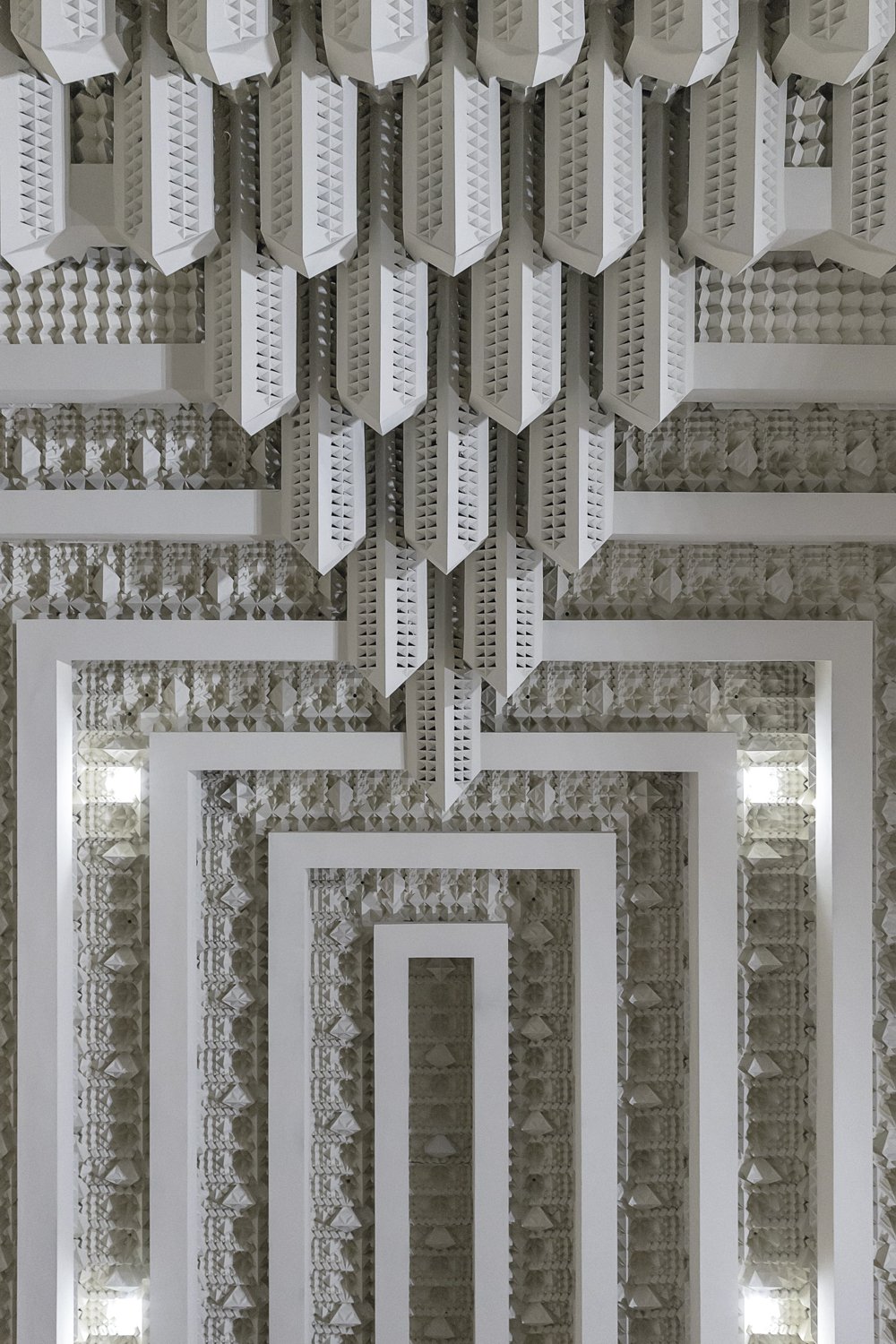

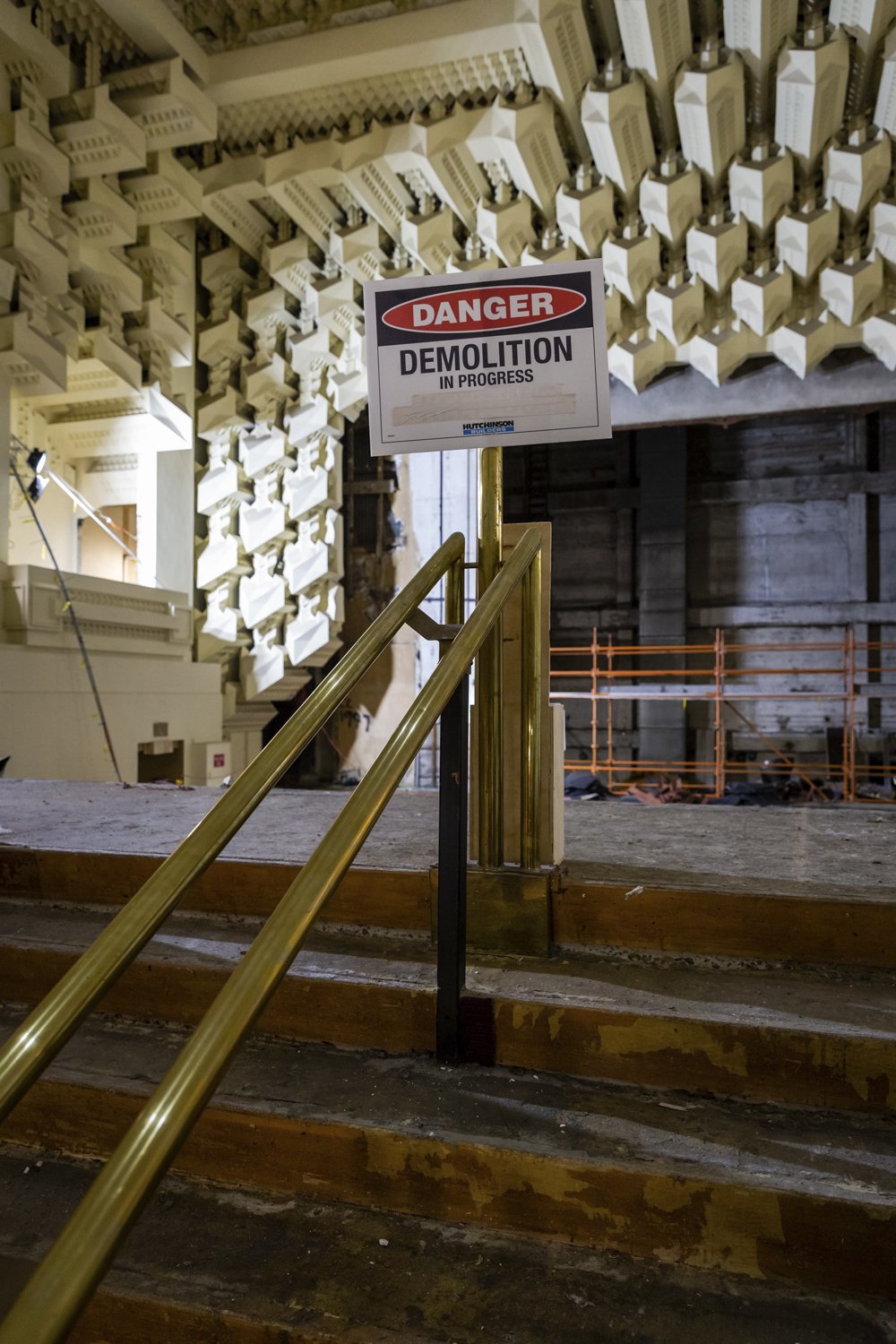

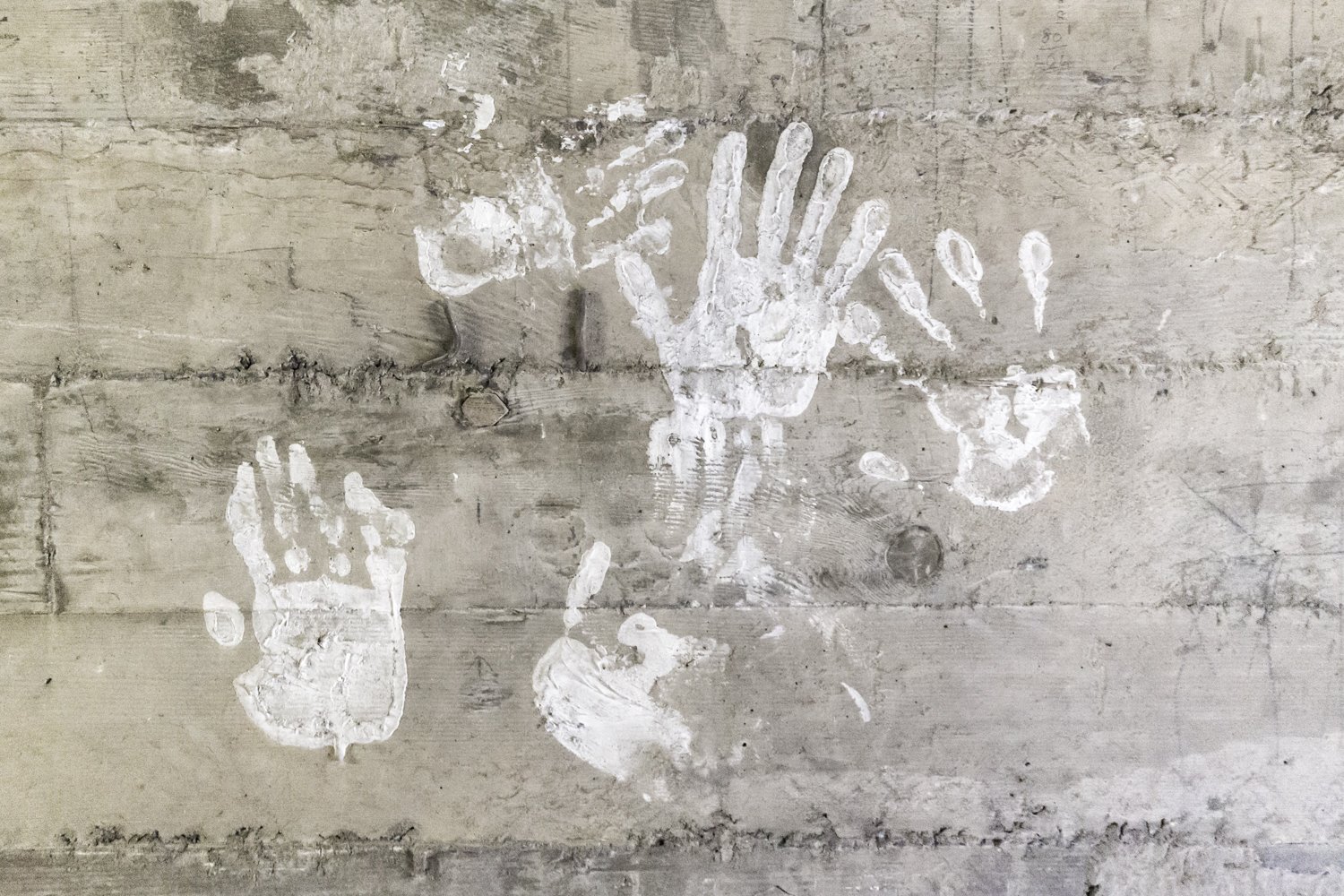
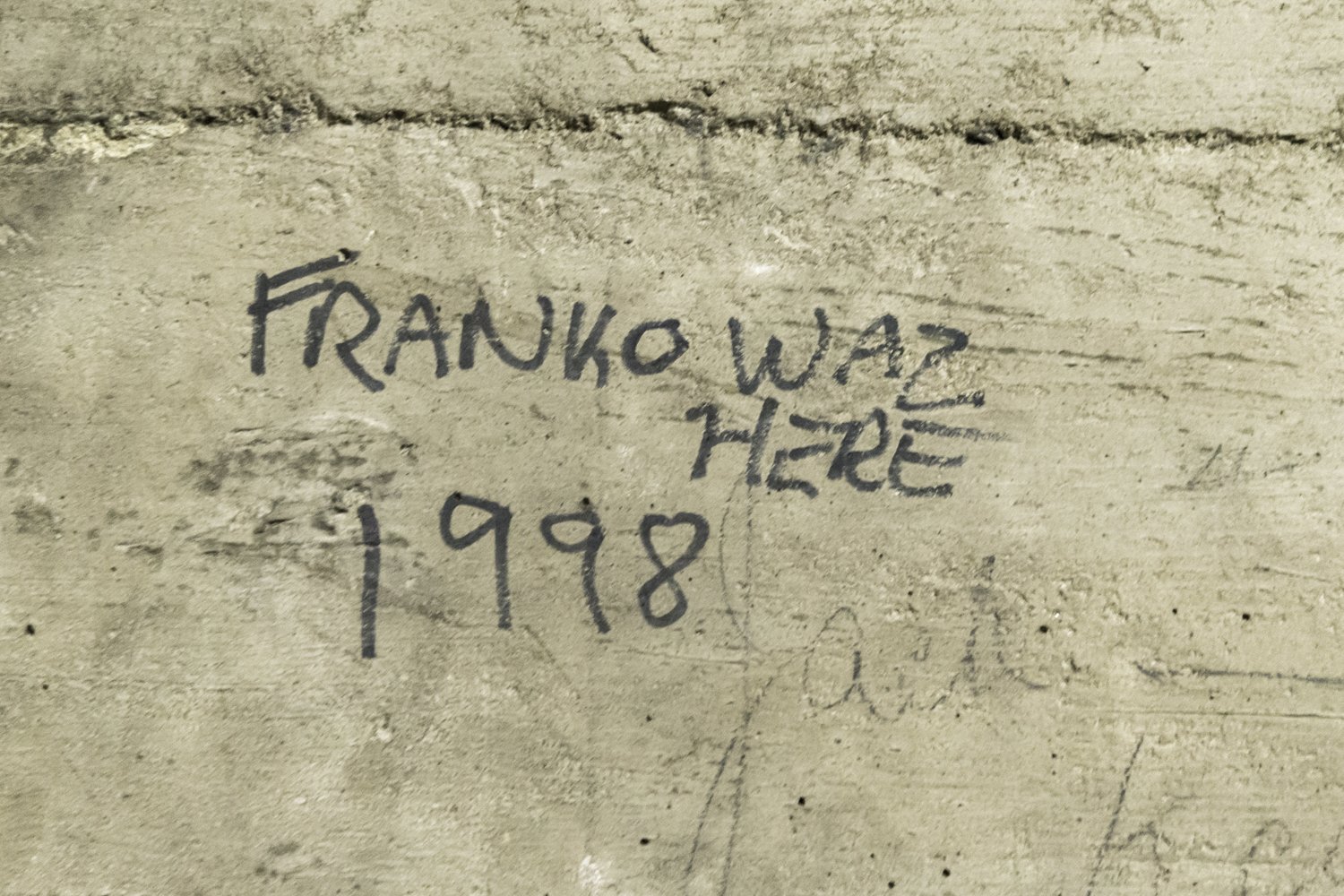
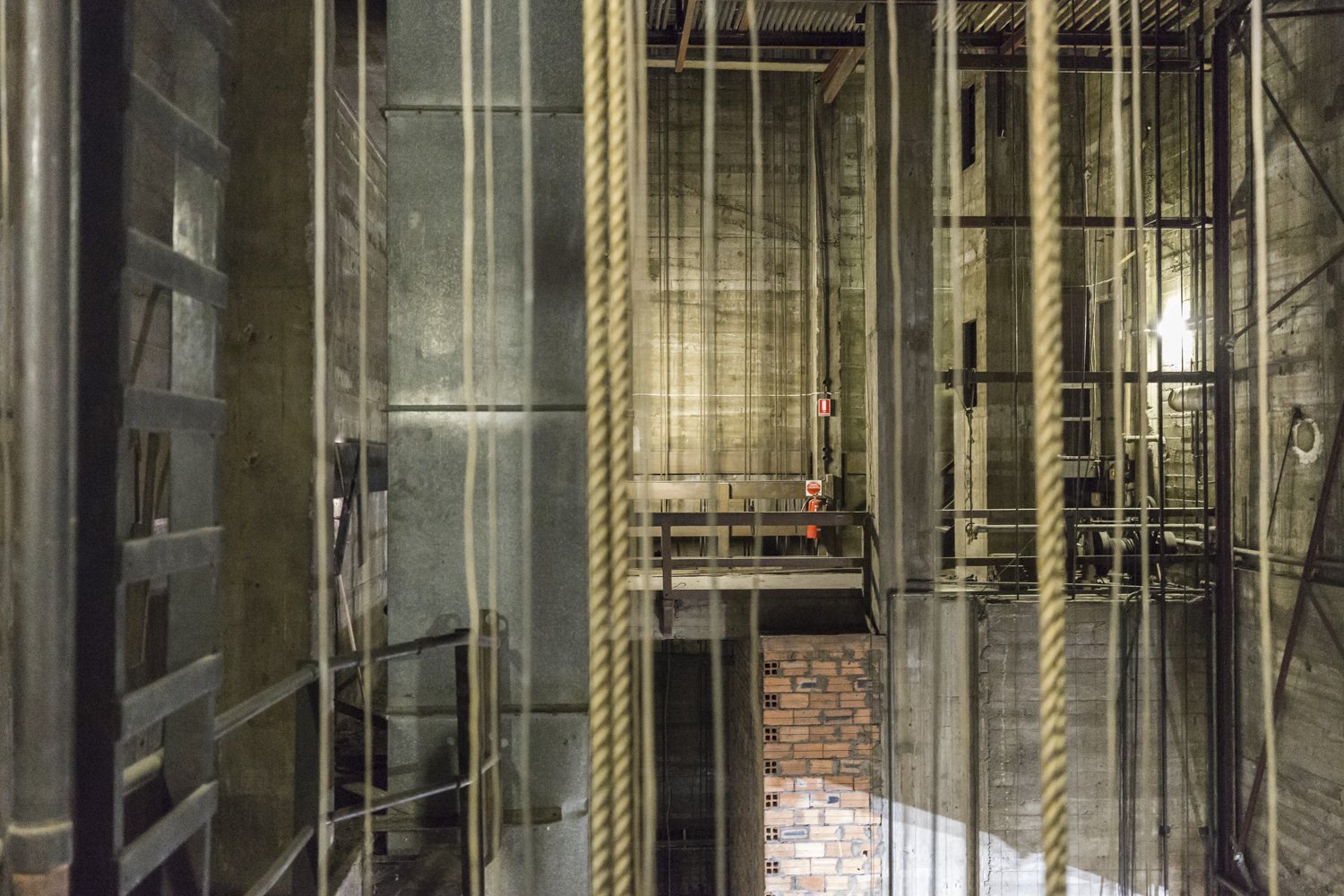
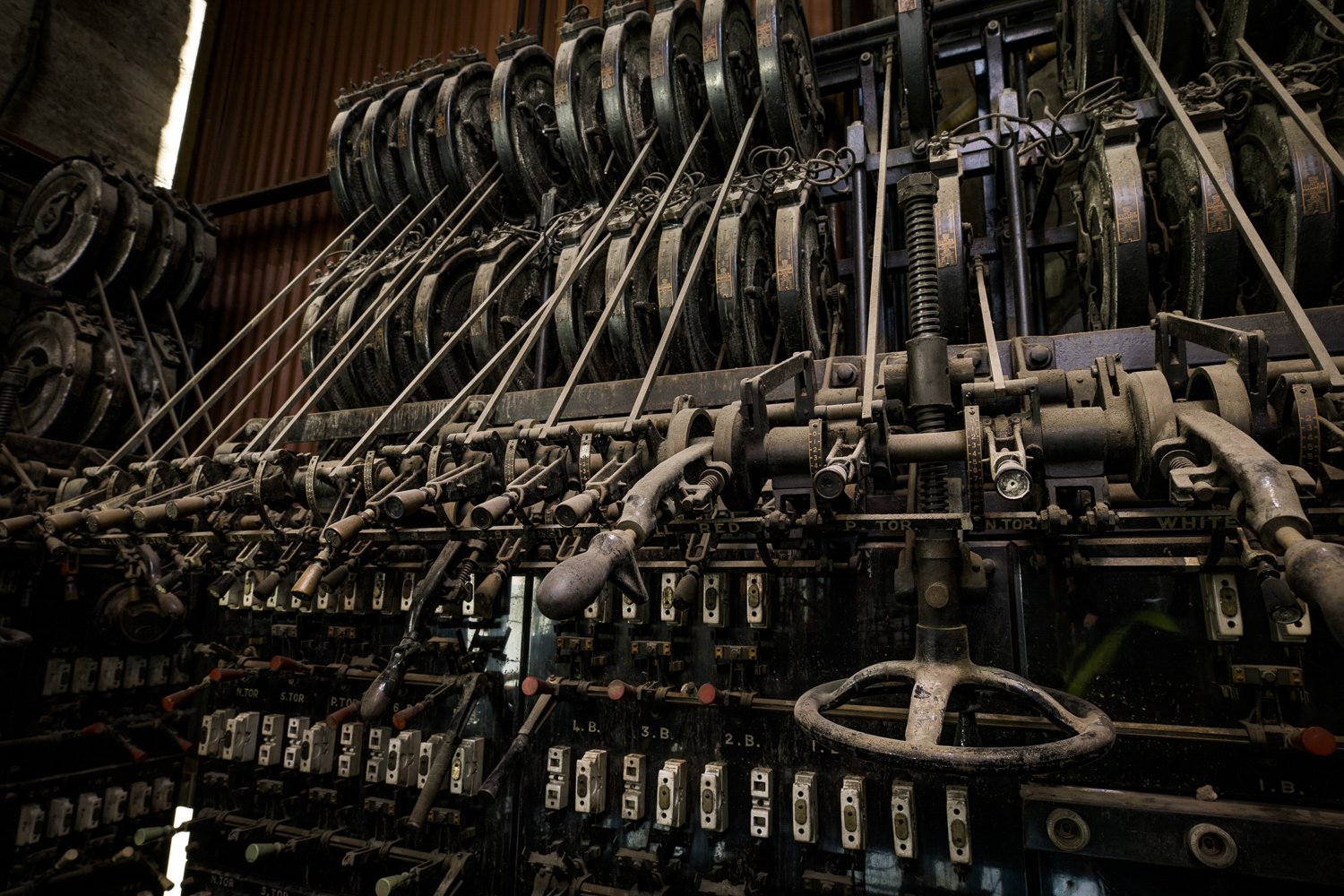

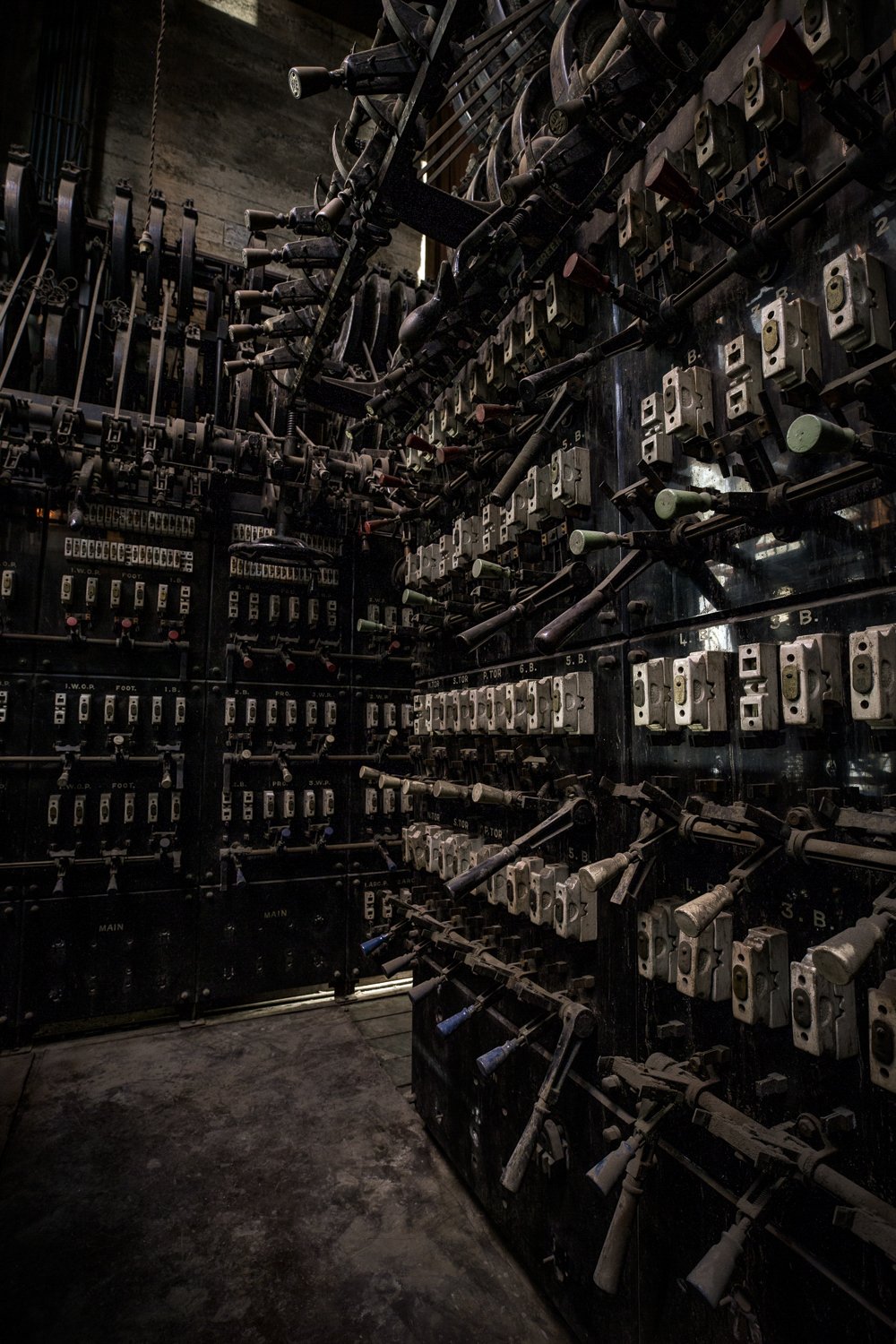
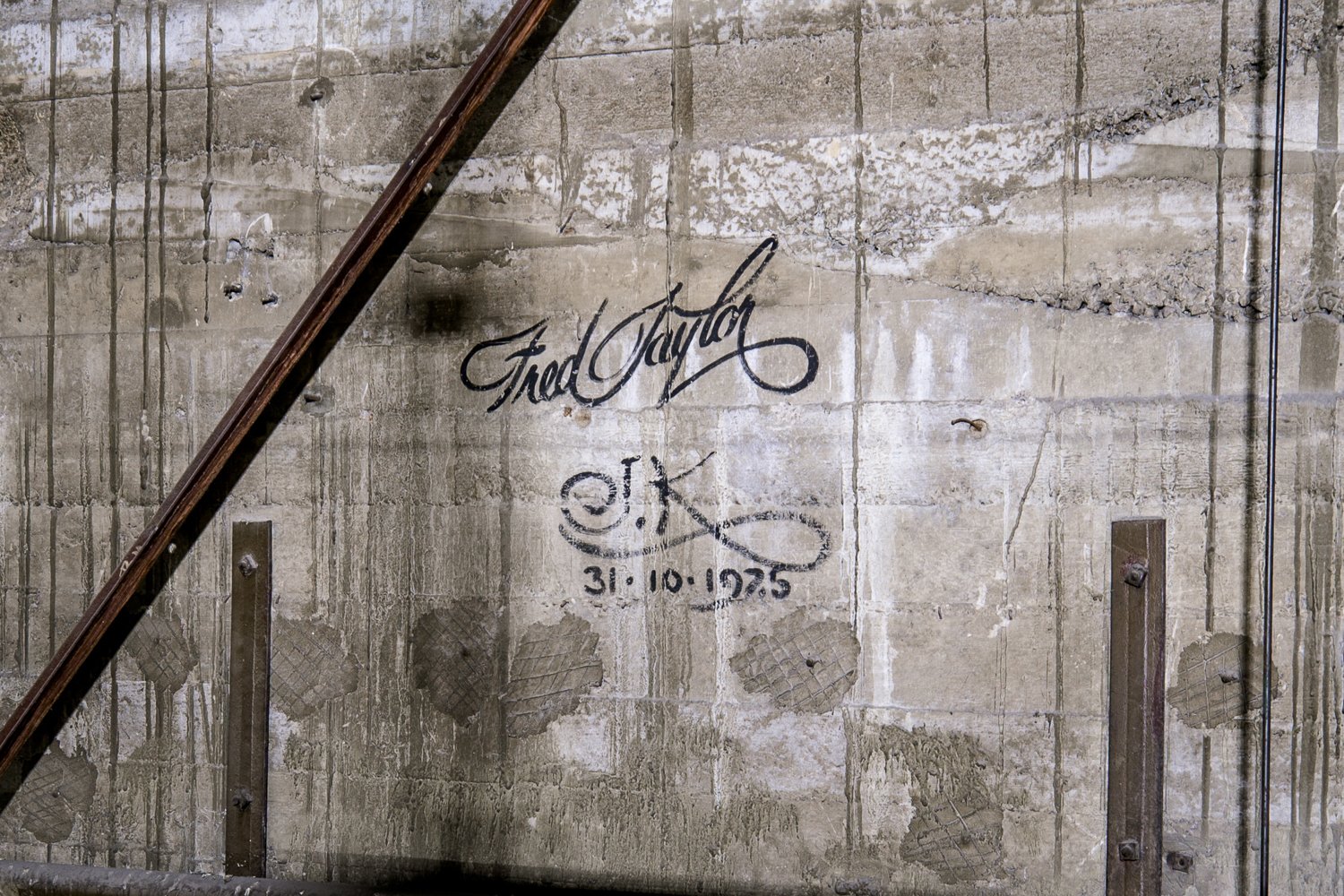
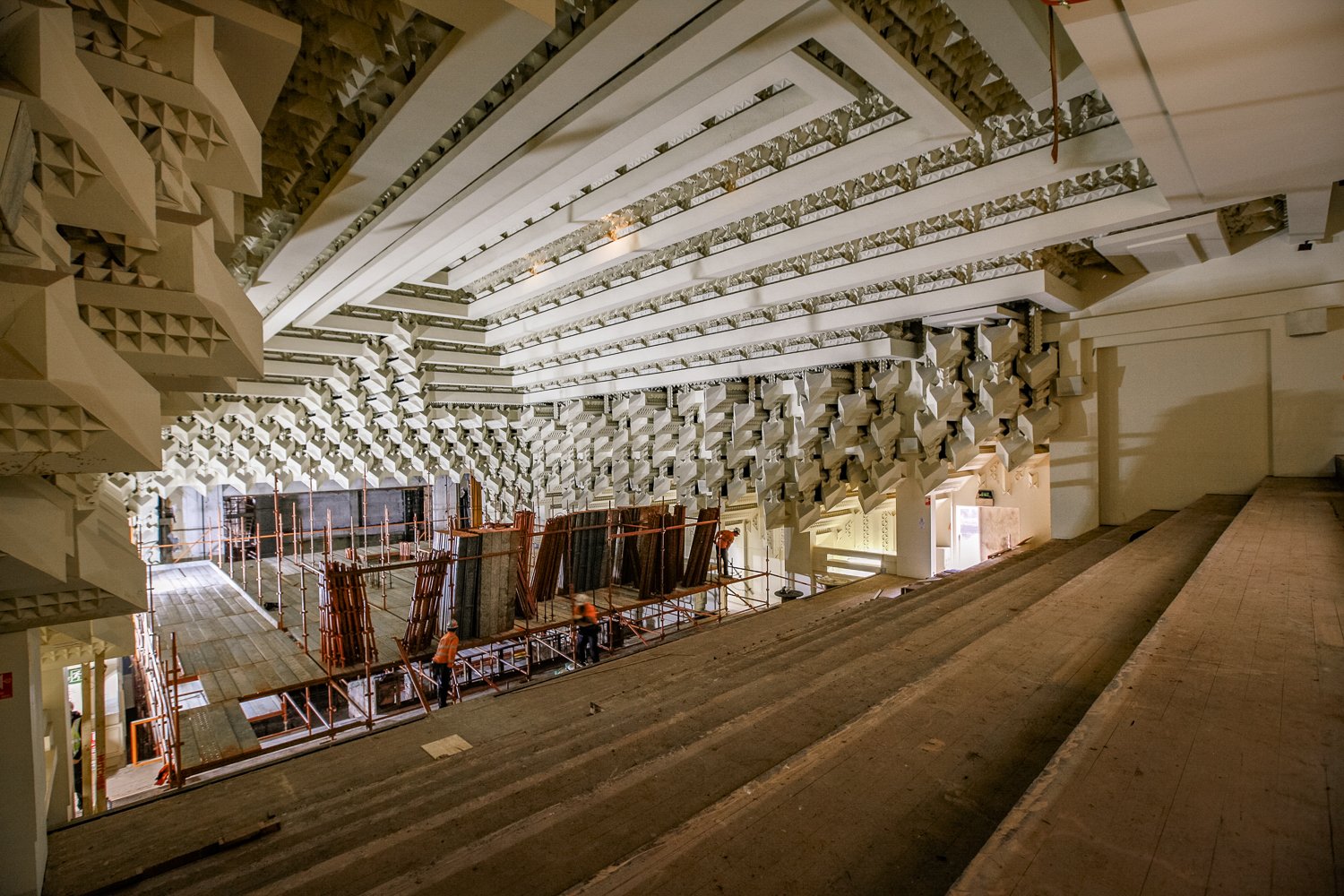
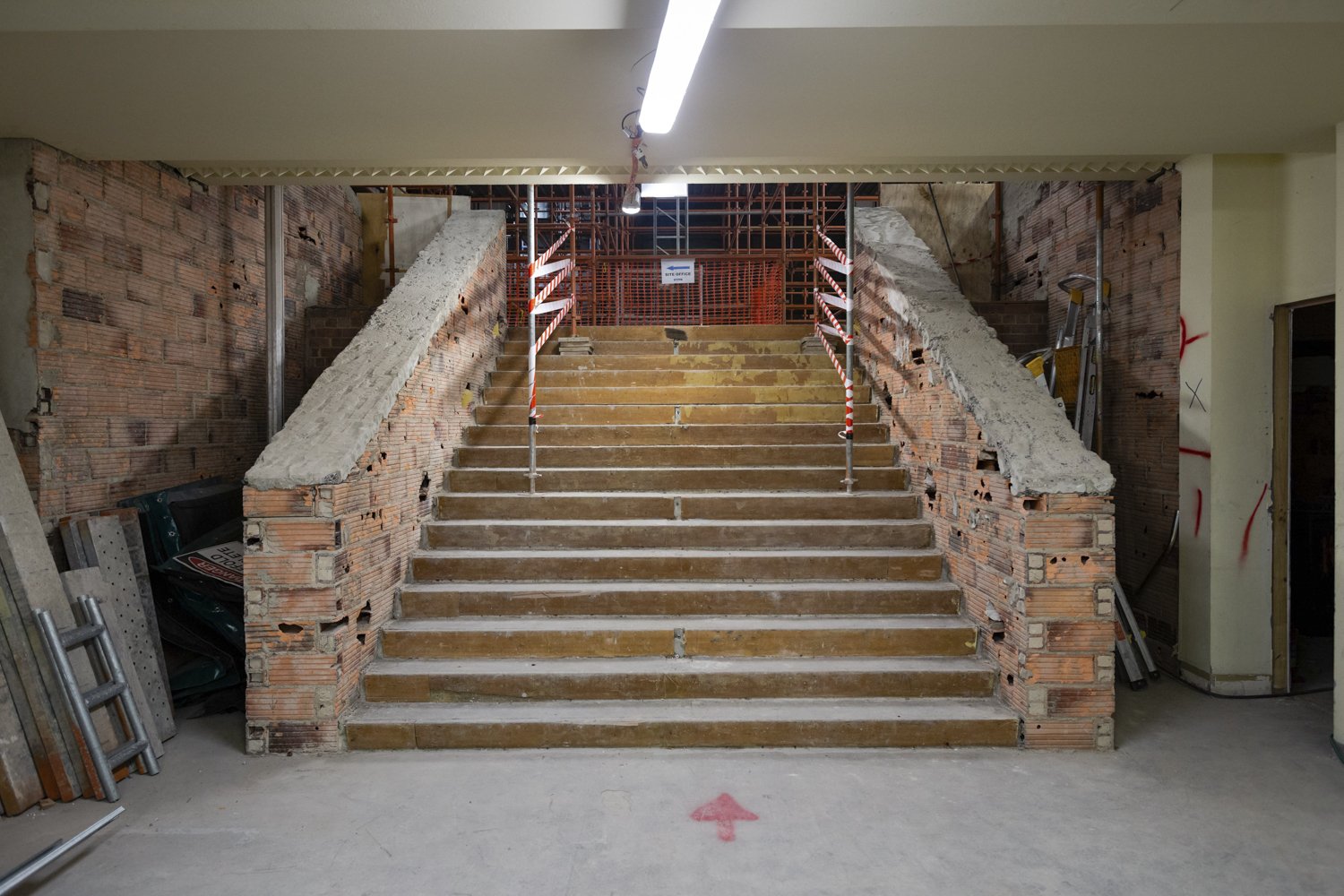
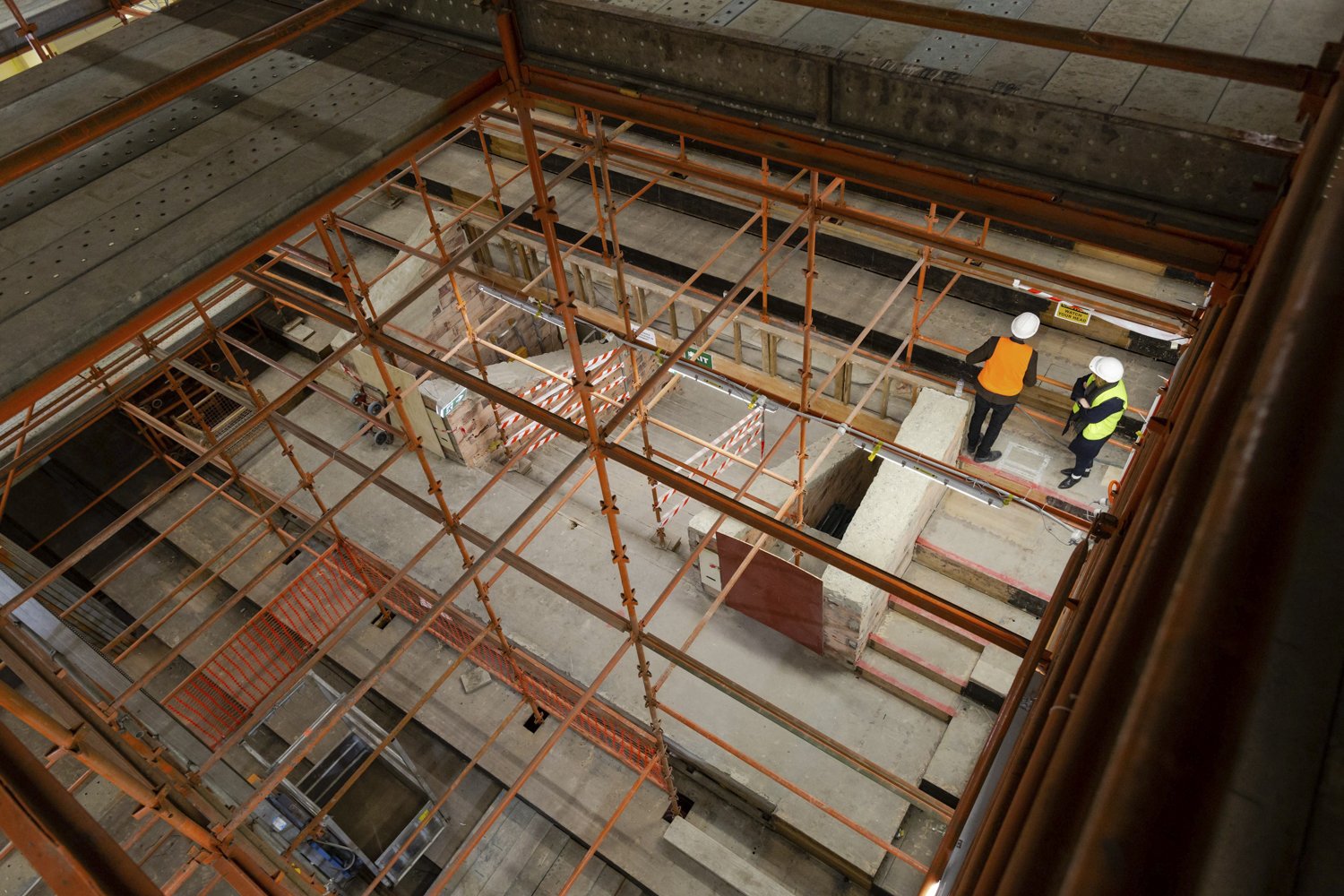
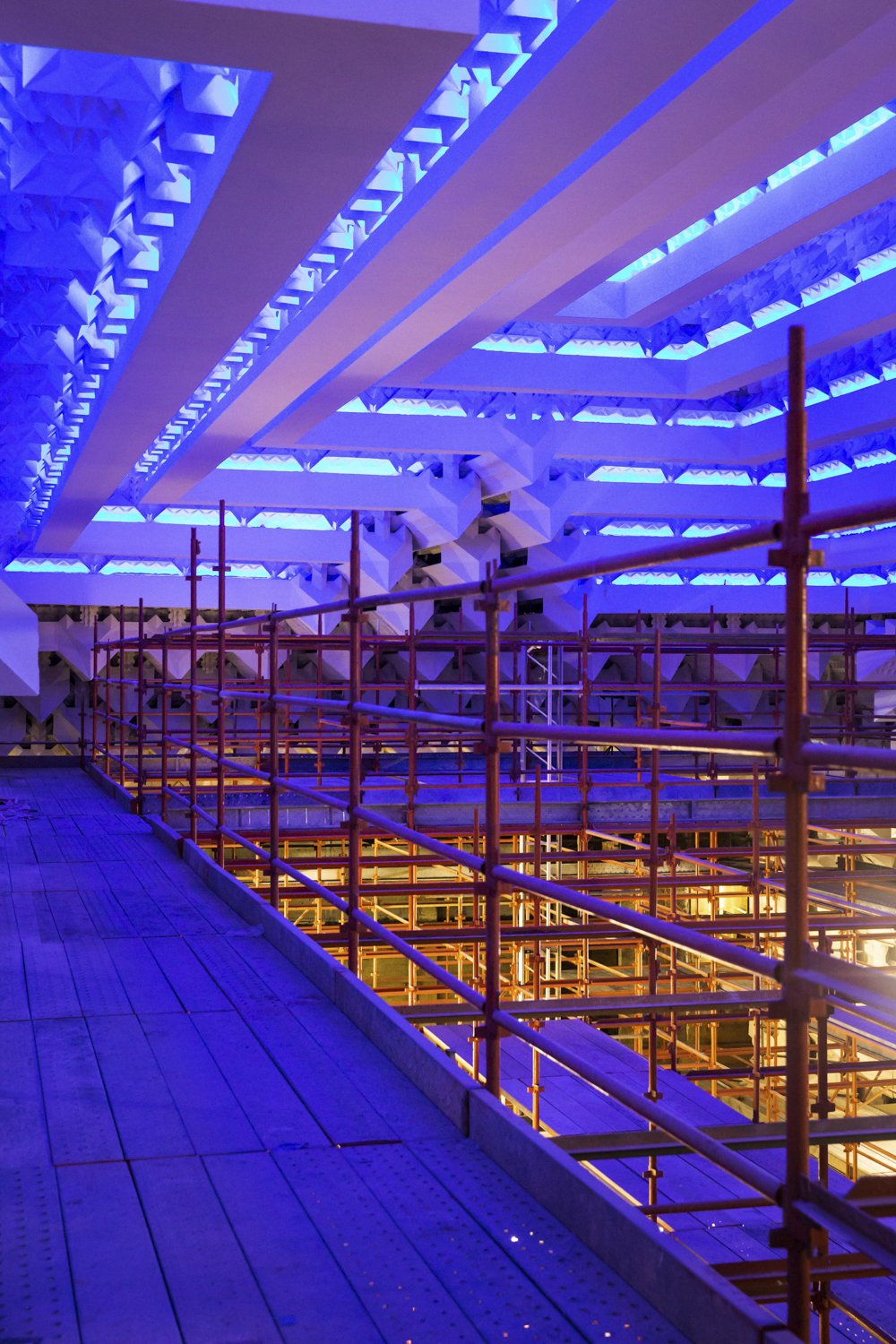

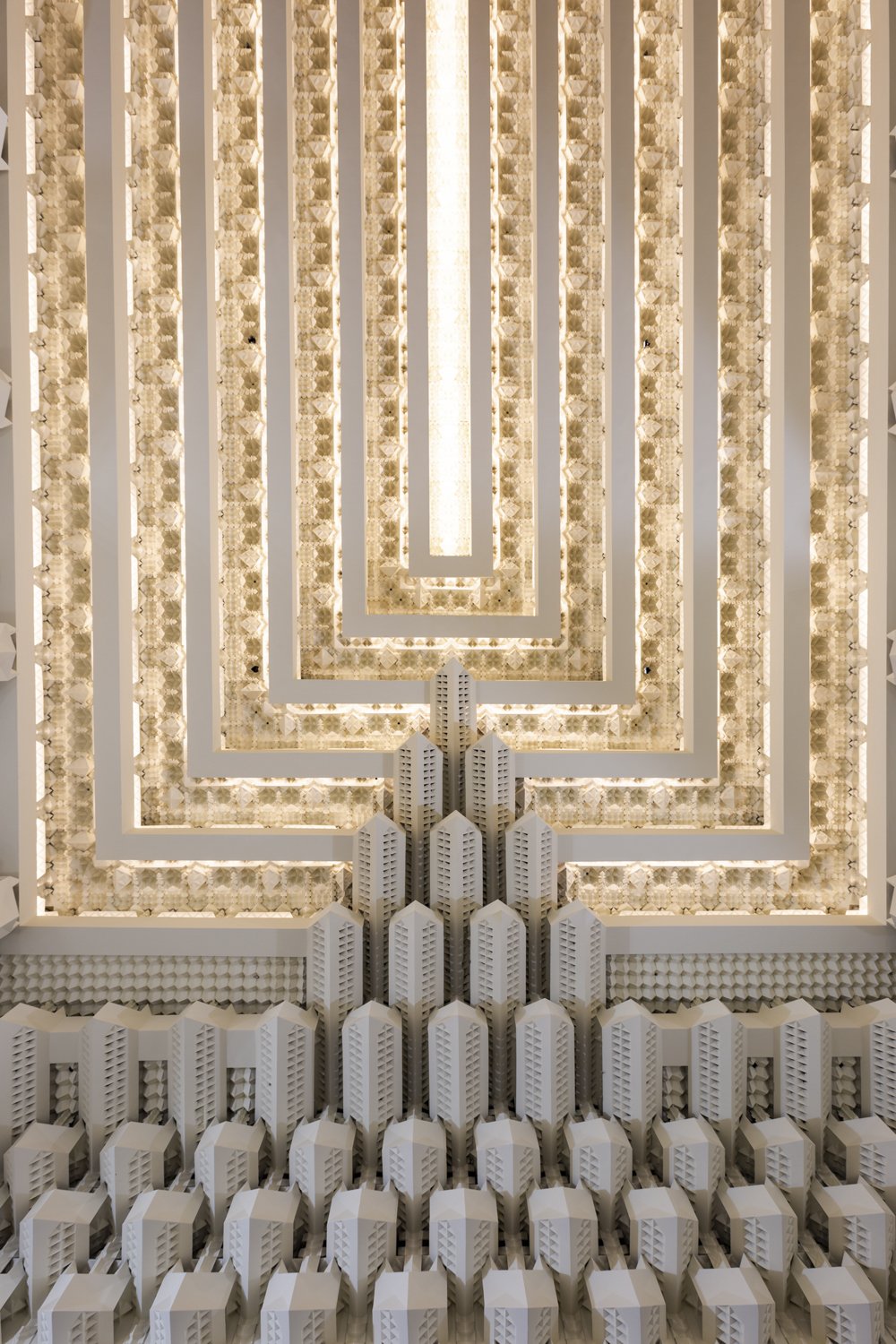
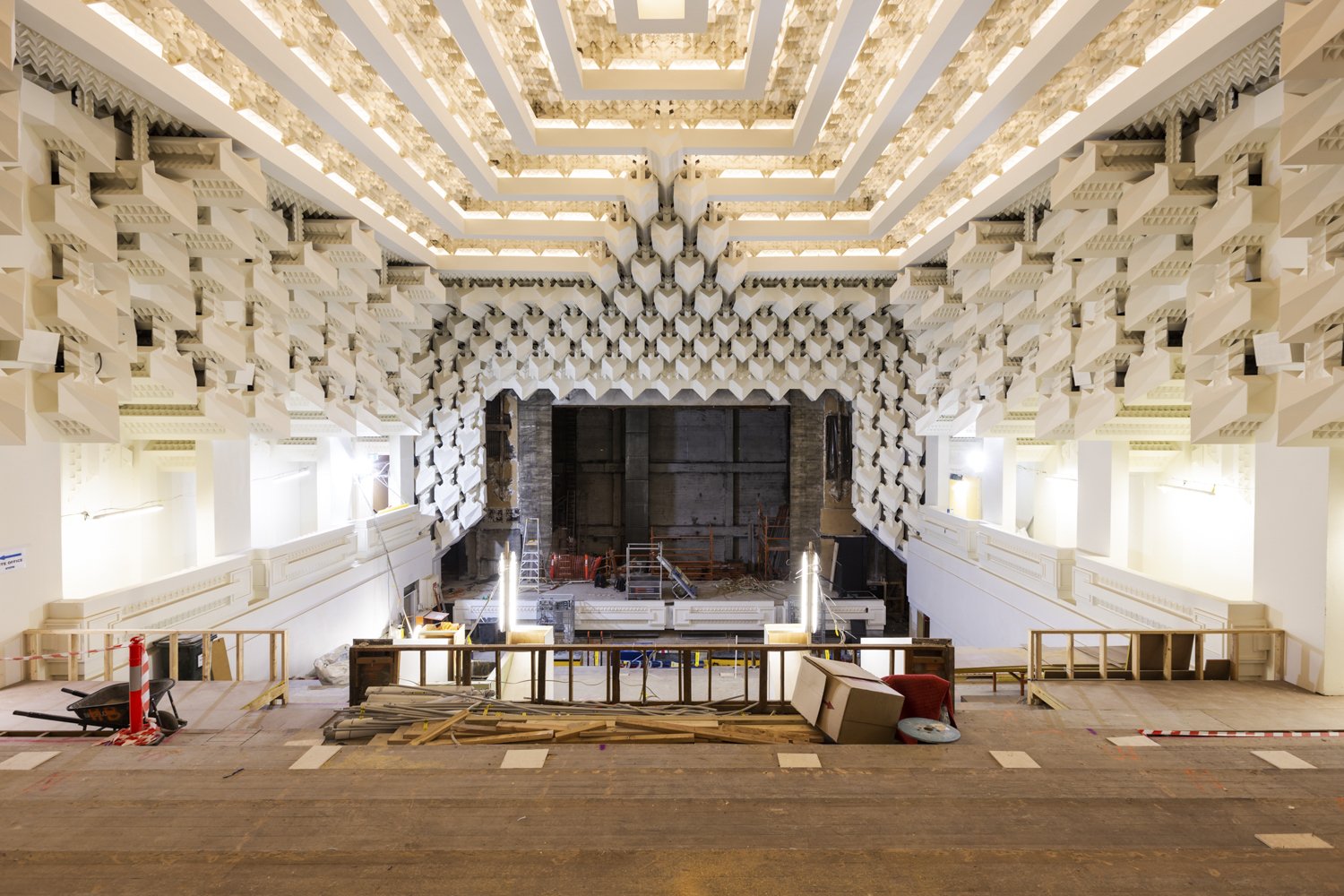
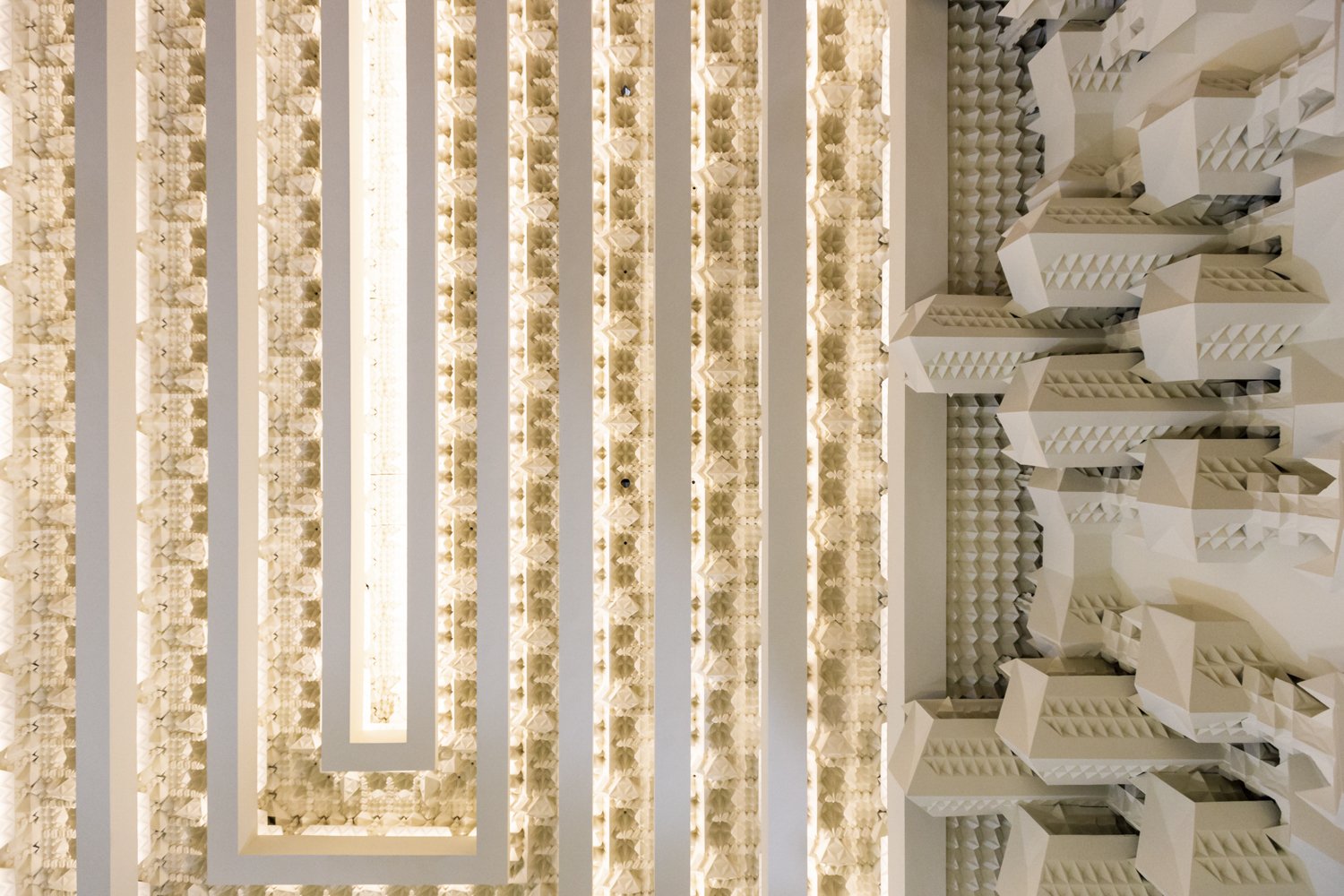
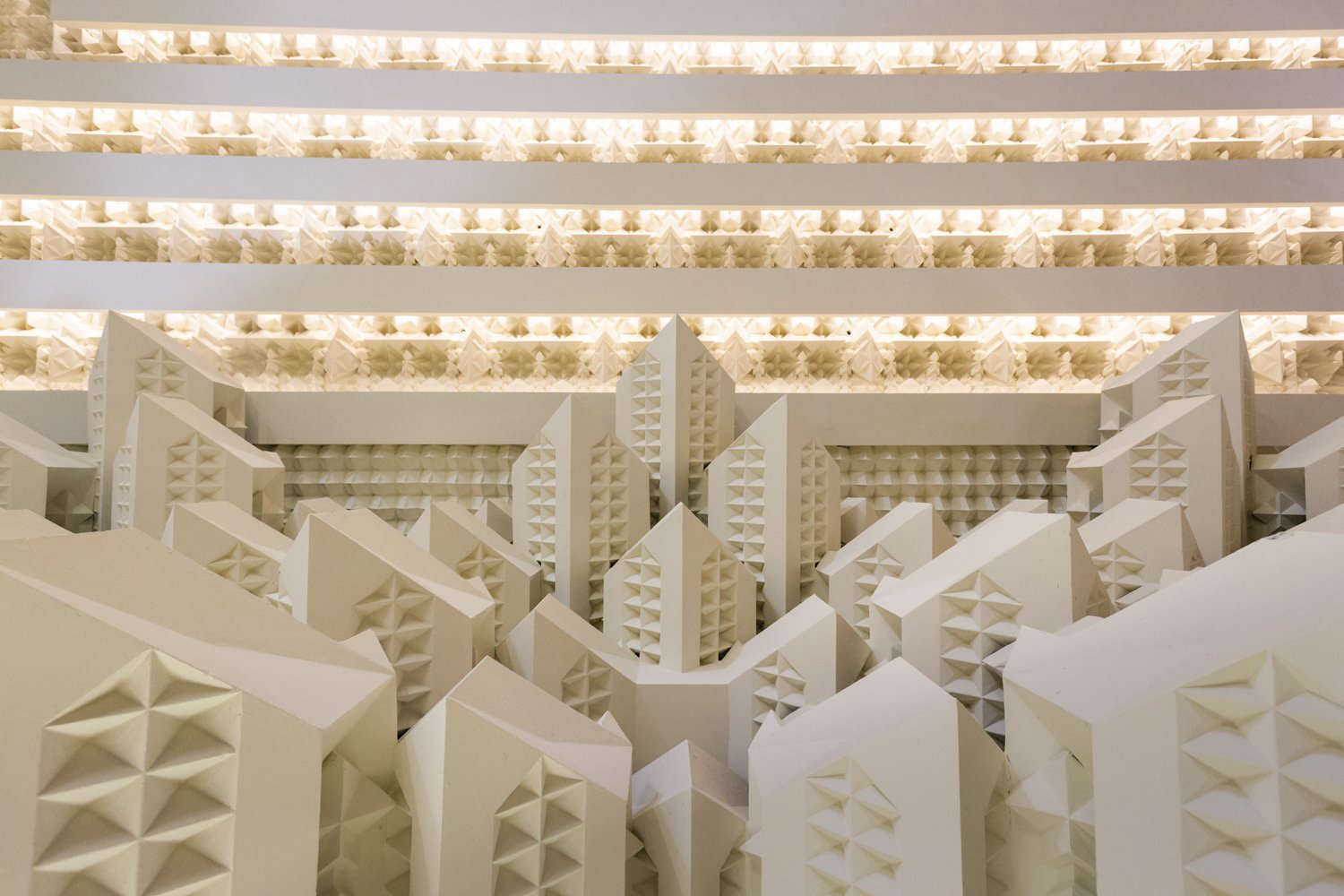


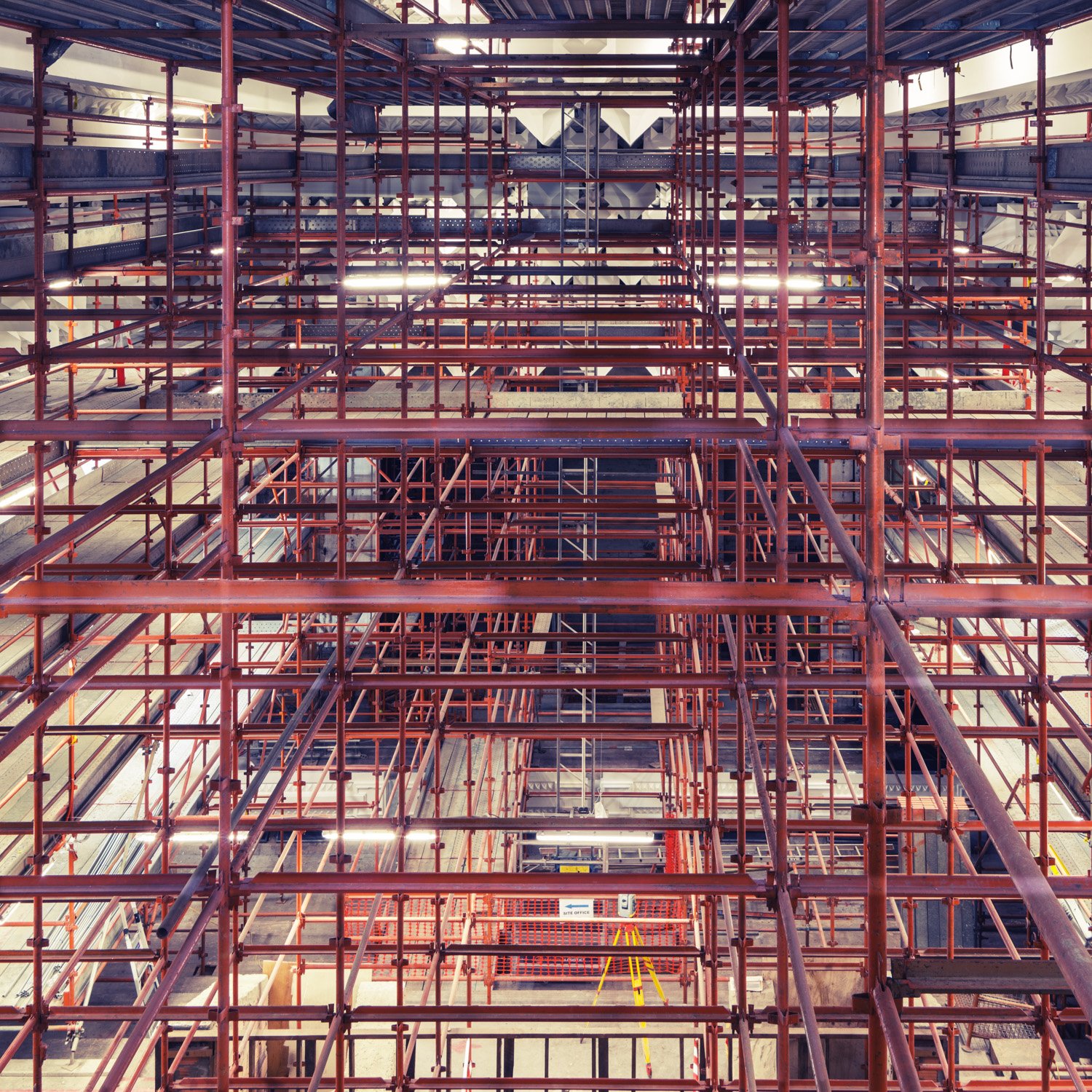


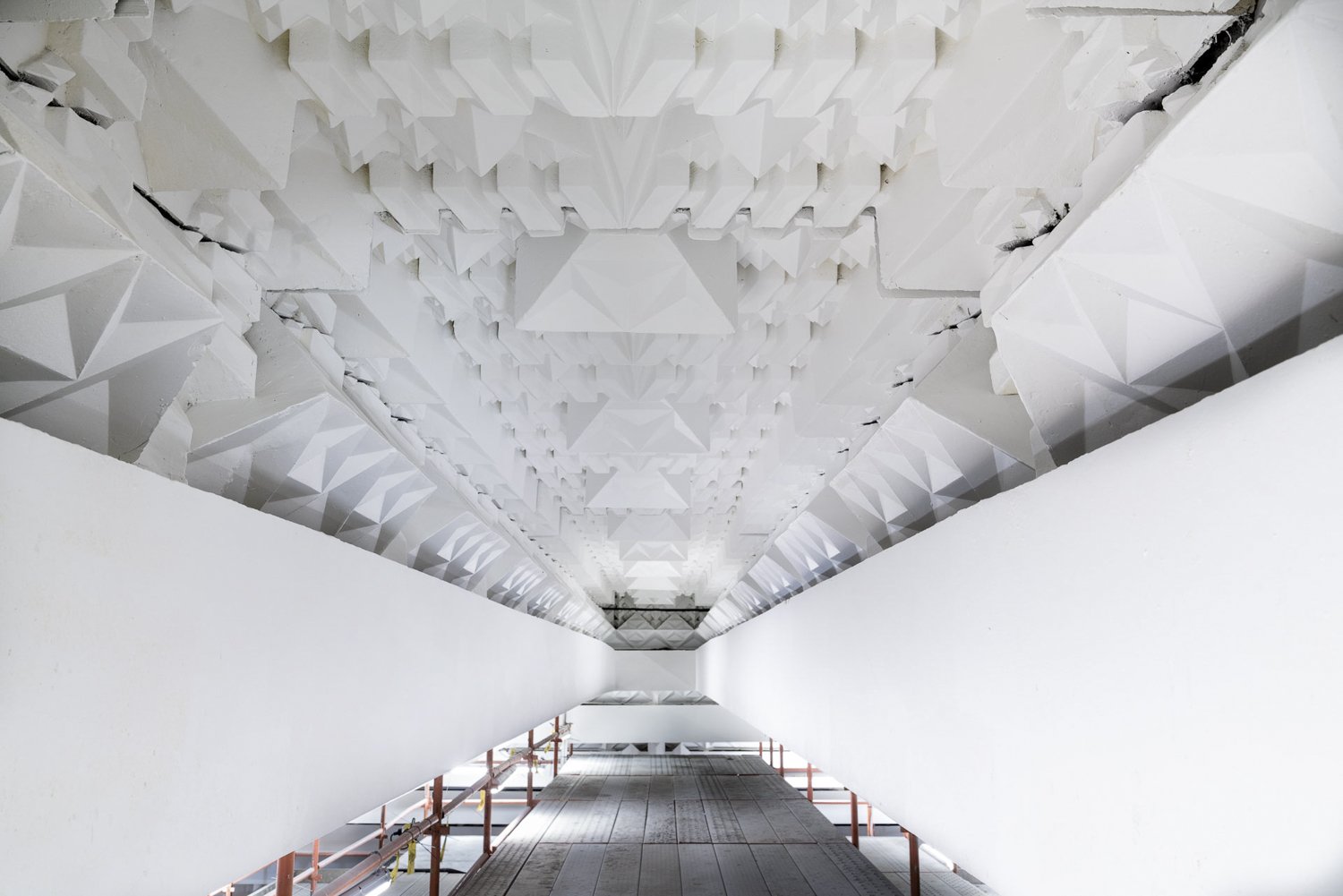
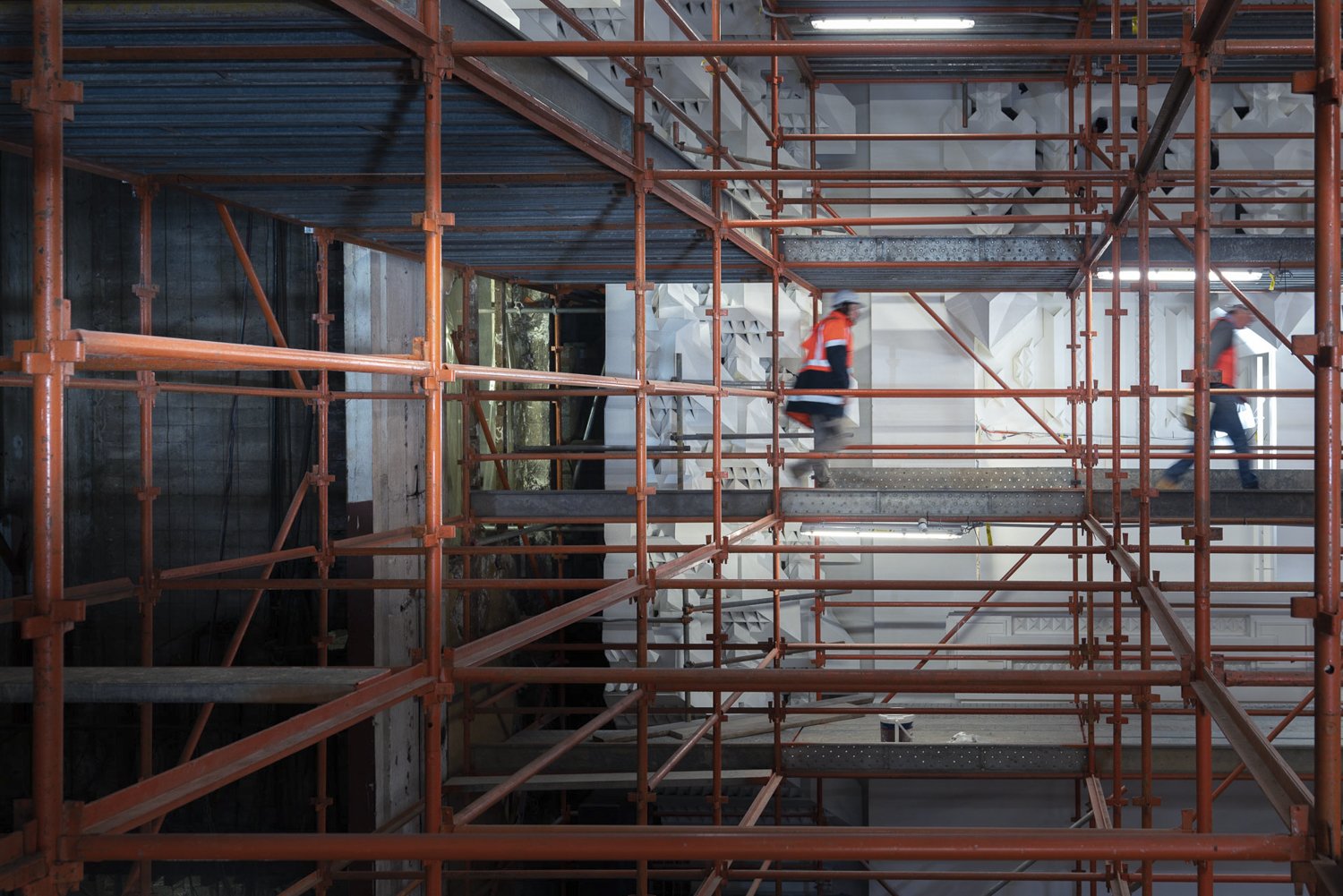

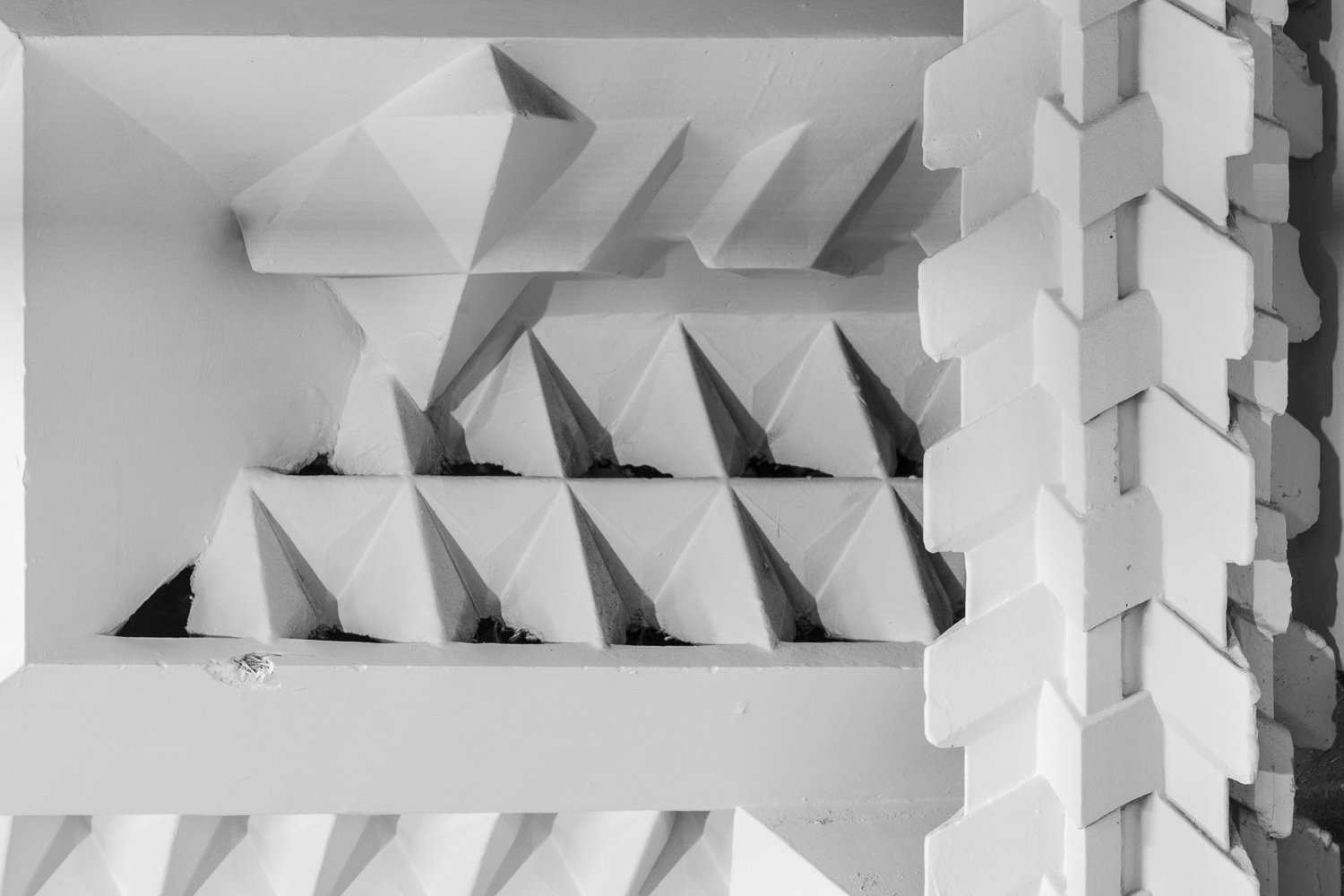

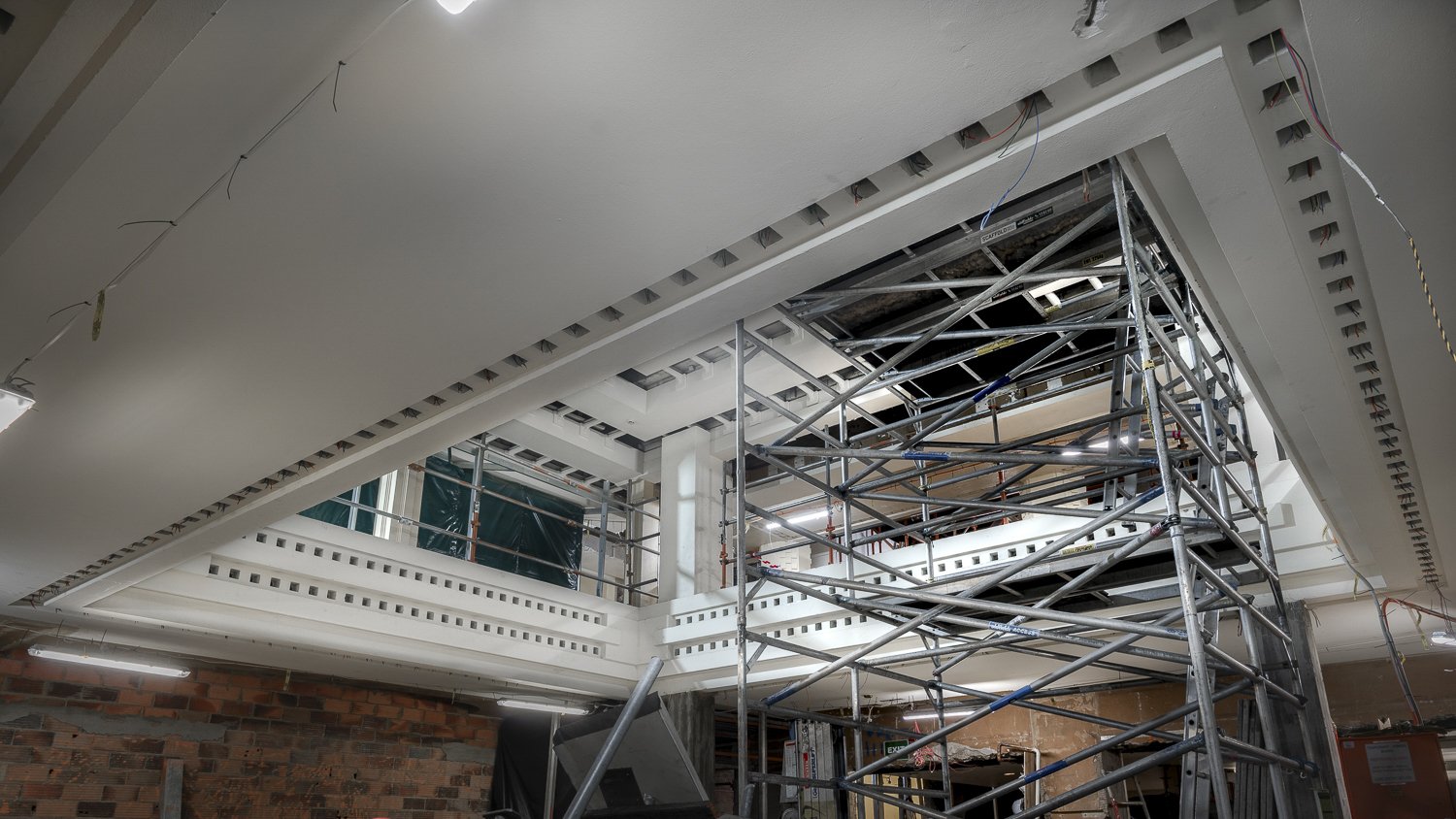

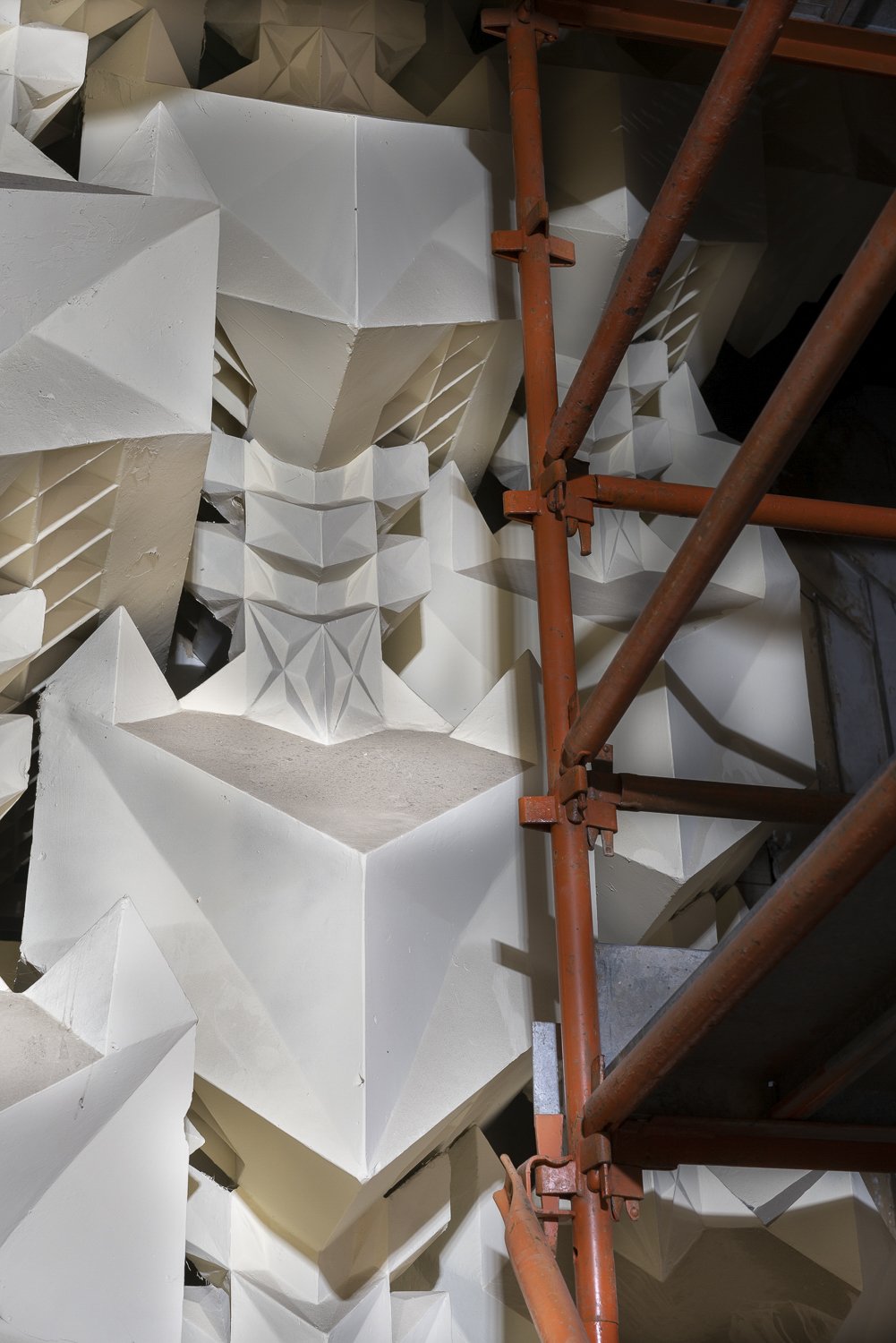
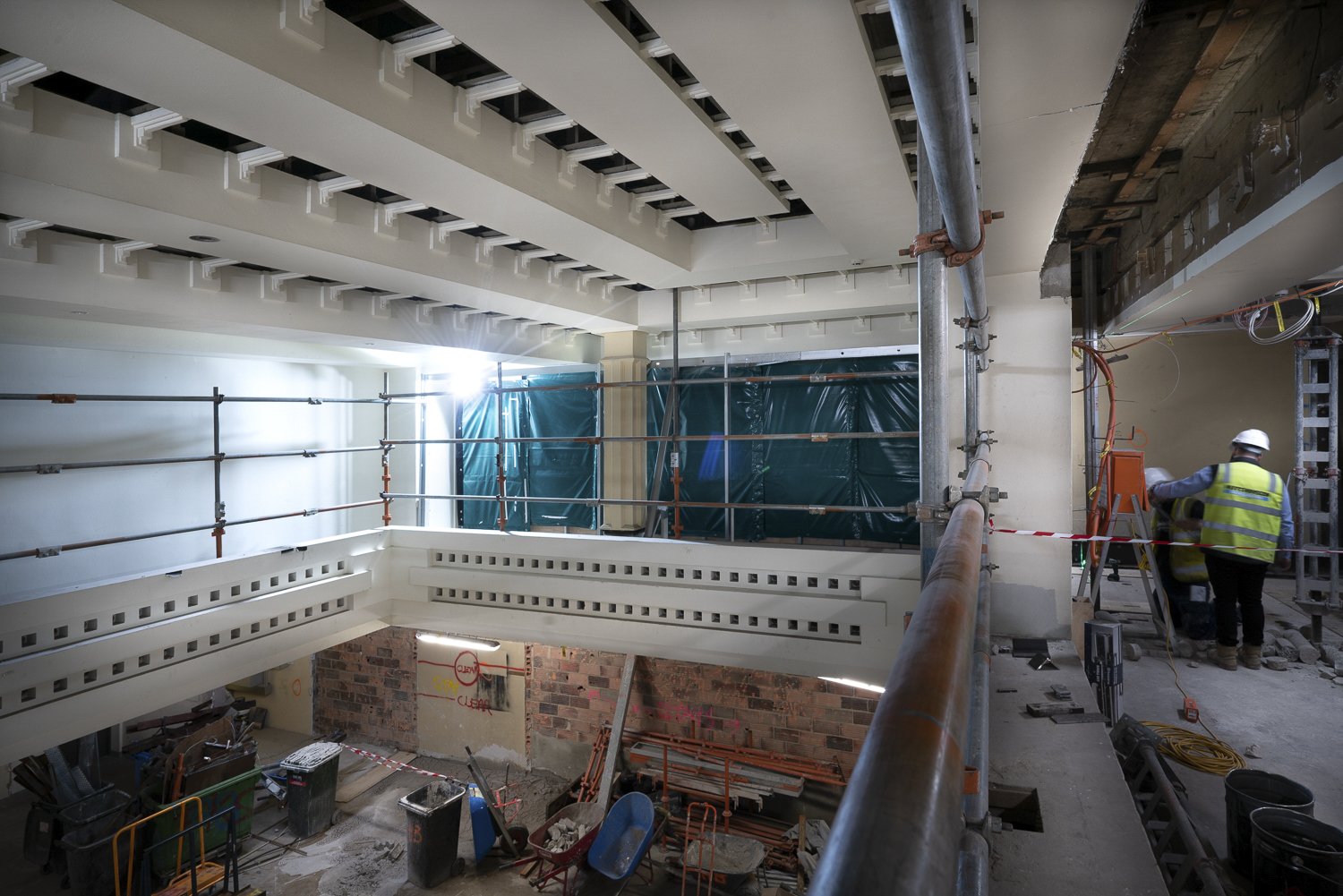
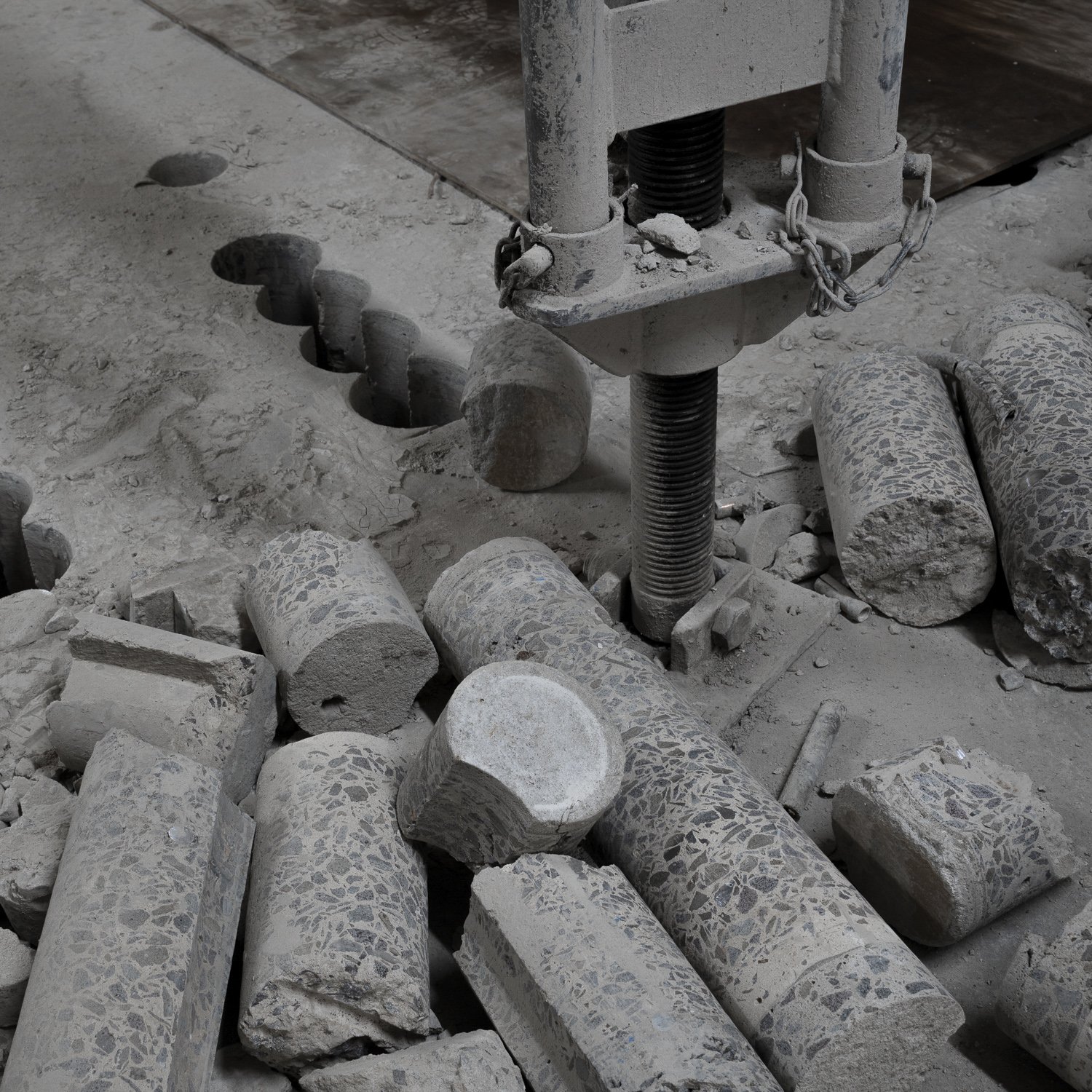
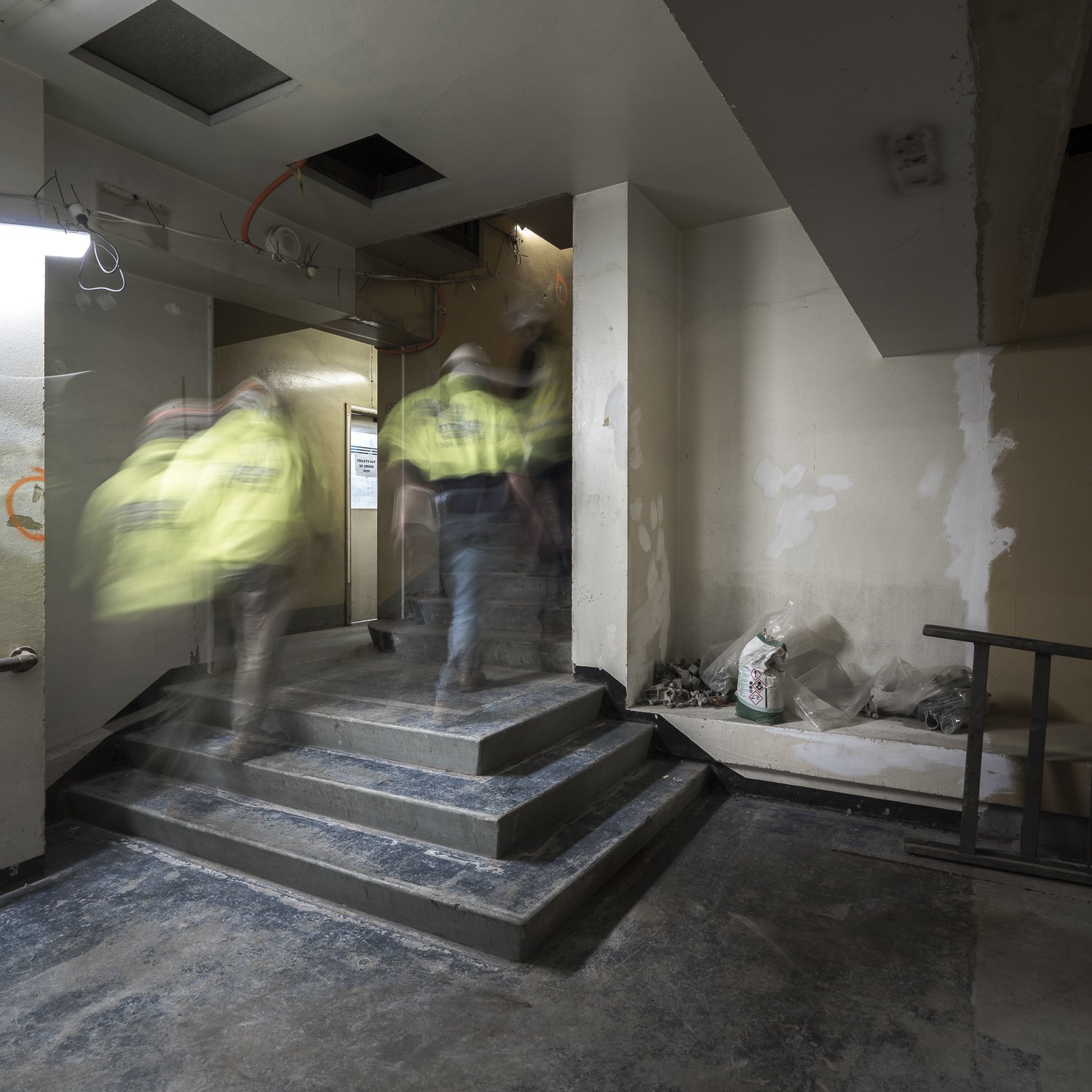
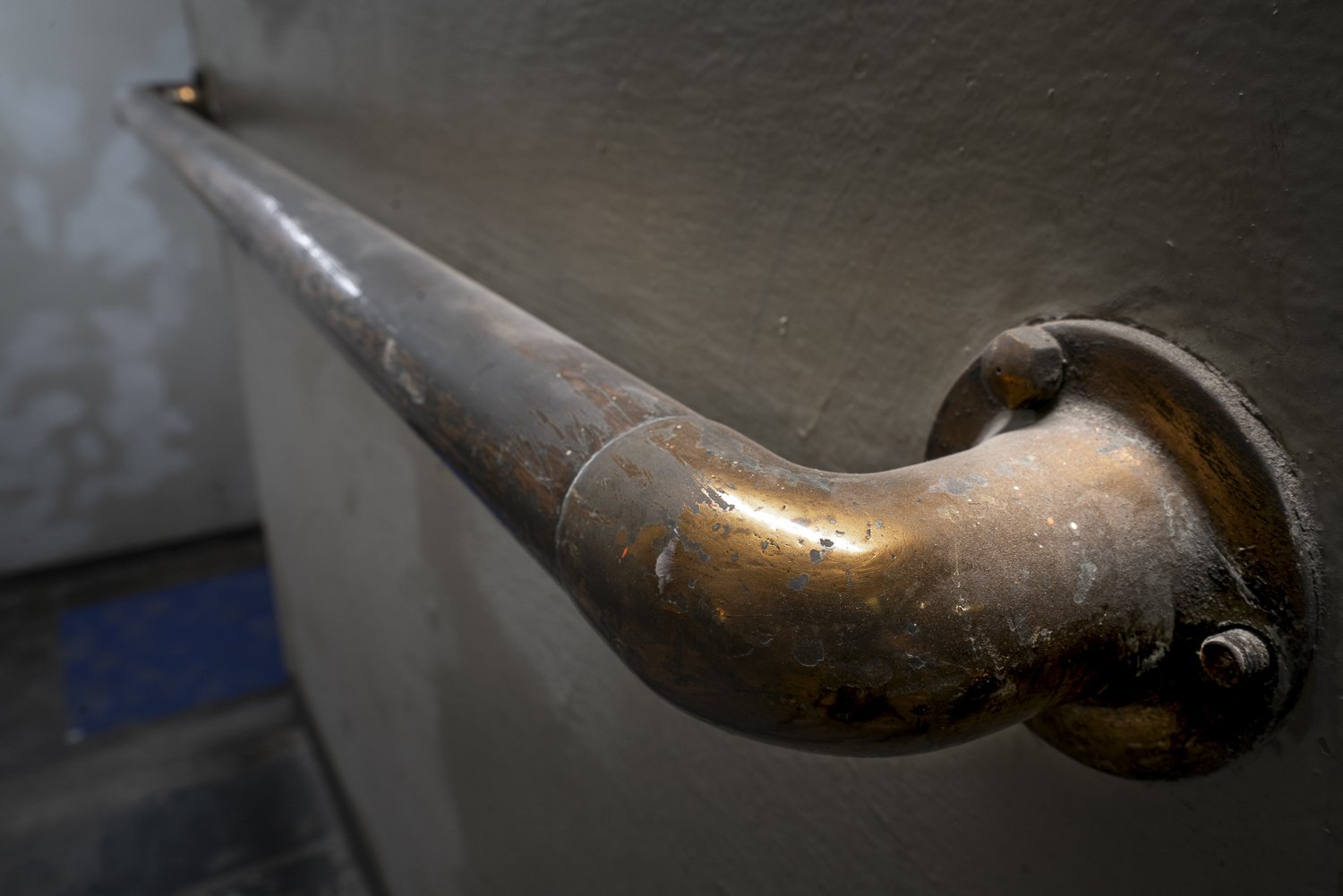
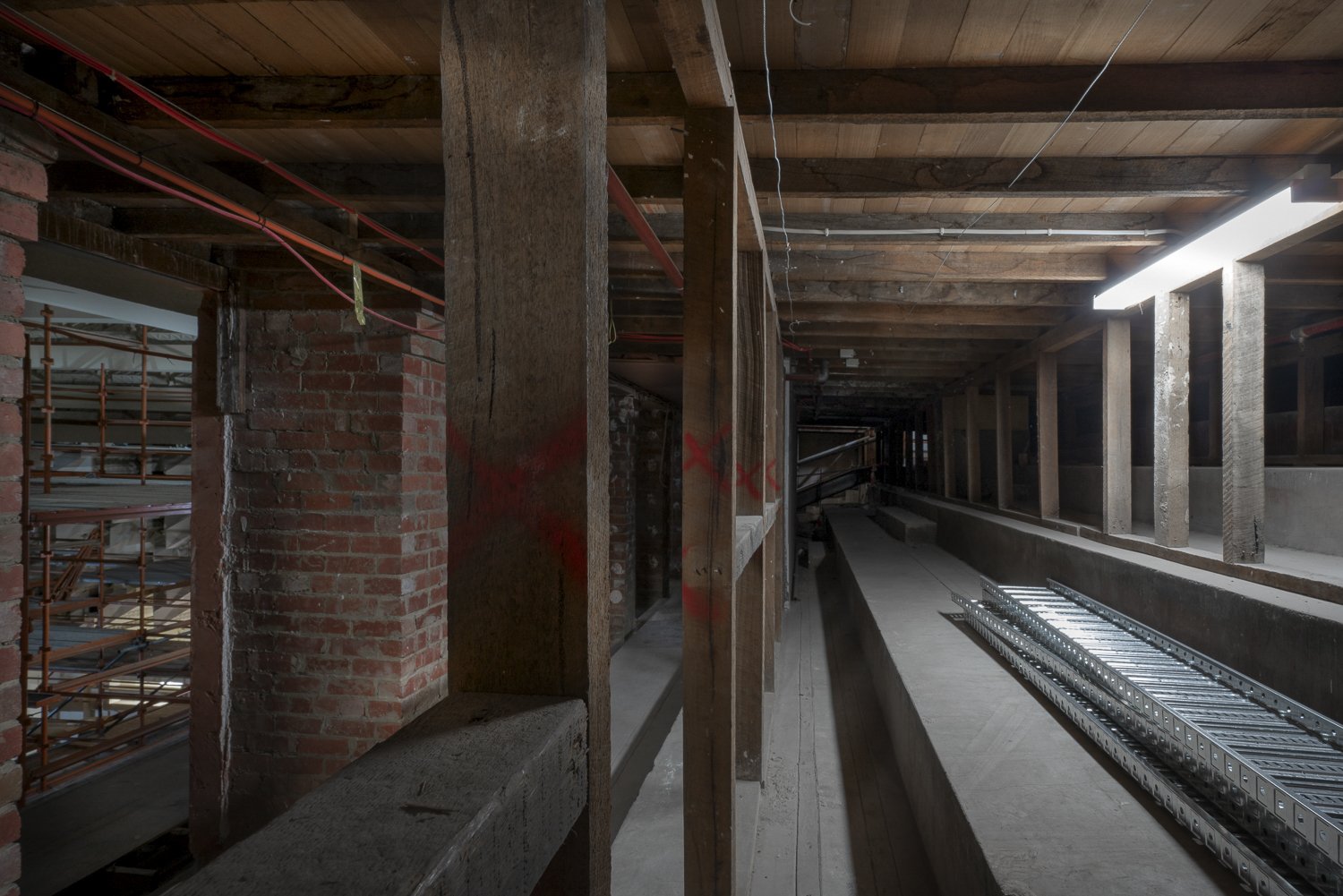
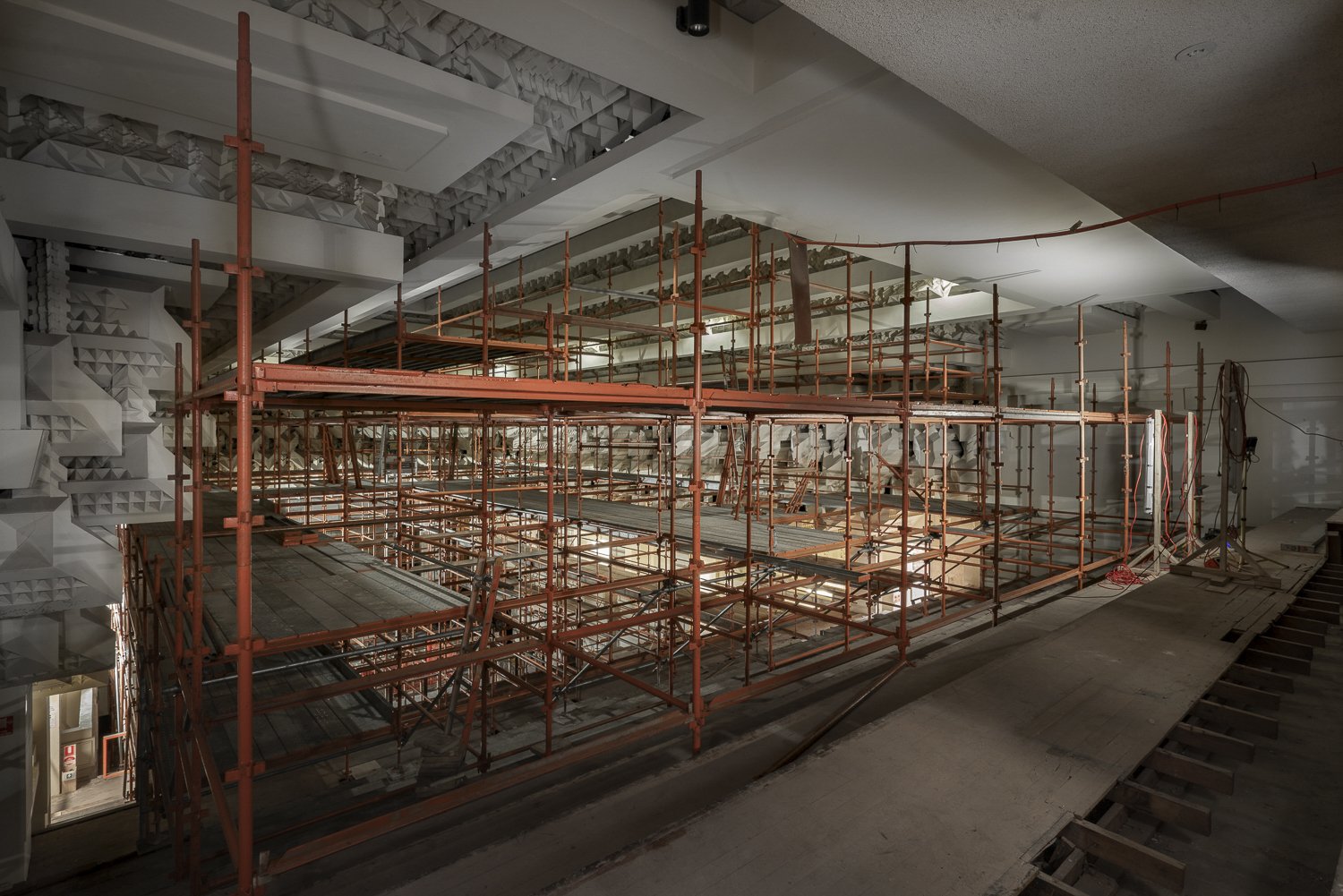

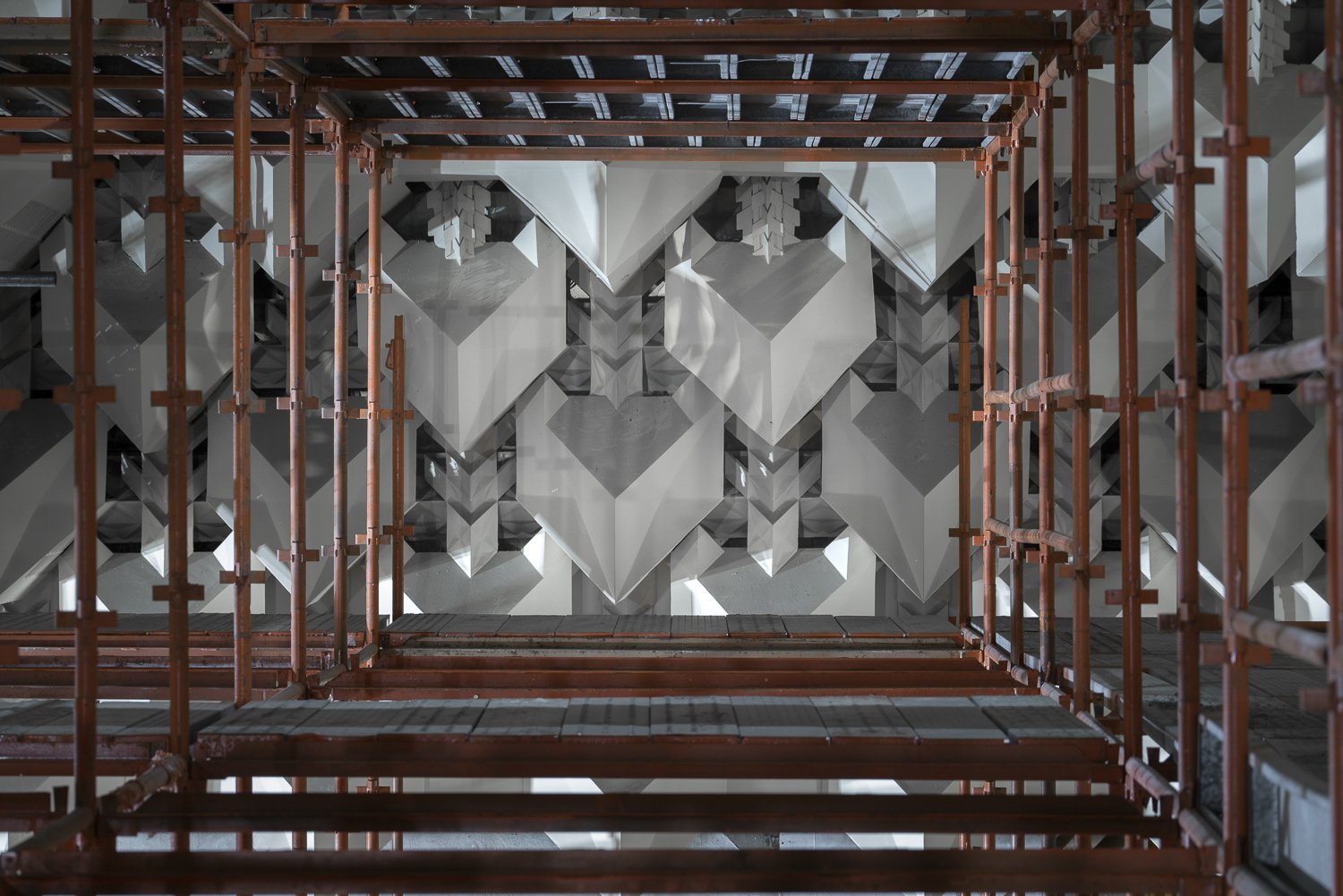
InstaFame Documentary
InstaFame is an interactive documentary covering current issues surround social media and Australia’s beautiful landscape. This project is an ongoing project in conjunction with RMIT Univeristy VE Photography and Photo Imaging department.
STATUS - Ongoing
Instafame is a documentary project covering current issues surrounding tourism, social media and Australia's beautiful landscape. In collaboration with RMIT, this environmental documentary will cover topics surrounding our desire to collect 'trophy images' at some the Australia's most picturesque locations.
'The sharing of stunning photos on social media is becoming a destructive force as Instagram trophy hunters beat a path to Australia's natural wonders.' Gregor Salmon.
Streams of Instagrammers chasing popular images and to get them beat there own path to that (often fragile) location.
"Are we slowly but surely causing some of the most beautiful, previously out-of-reach, unknown and hard-to-find locations to die a slow [or in some cases, a very, very quick] death?" Jason Futrill; ABC News Article.
To view the InstaFame Project go to:
Working The Boards
“Working The Boards” is a photographic documentary book project in conjunction with RMIT University. The project follows a multigenerational farming family over a 4 month period, as they face a complex range of issues.
STATUS - Book Printed and Published in June 2018.
The roots of Australia’s national character are sunk deep in the soil of its farms. Many of our legends and traditions are derived from farmers, whose progressive agricultural businesses produce food and fibre for the domestic and world markets.
Working the Boards is a photographic record of life on the farm in the 21st century. It offers a rare behind-the-fence glimpse of the stockyard, woodshed and homestead of a sheep station in central Victoria.
ABOUT THE PROJECT
This book has been produced at RMIT University VE Photography and Photo Imaging program with the collaborative assistance of the Associate Degree in Professional Writing and Editing program.
Each photography student was assigned to produce a narrative photo-essay in the style of the 1950s Life Magazine. Their assignment requires them to work within the discipline of a traditional photojournalist; following their subject, they make images as the unbiased observer and create a story from what they document. This discipline is also required throughout the image processing and all accompanying text.
Across a three-month period, the students produce a self-published book. This includes seeking out their subject and following the story, developing the narrative storyline as it unfolds, and making relevant image selections to best convey that story. In addition, they design their books, along with drafting a written introduction and related captions. Finally, they prepare print-ready files for testing, through to their final book.
This cross-disciplinary collaboration is complemented through the establishment of professional relationships between photographers and editors, with editors supporting the project in varied ways – assisting photographers with narrative development and writing as required, and undertaking copyediting and proofreading.
‘The collaborative experience for the photography students gave them insight into both the methodology and approach taken by writers and editors. This complemented and refined the learning that was taking place within the construction and development of their narrative projects. This provides the real-world experience of self-publishing.’
– Jessie DiBlasi, Robert Gale (Diploma of Photography and Photo Imaging teachers)
Working The Boards, 2018
by RMIT University
Published by Danielle Watson
Country: Australia
Designed by Danielle Watson
Editor Thomas Mitchell
Printed by Photobooks Australia
Size: 200 x 200
Pages: 128
Edition of: 500
Printing: Printed and bound in Australia by Photobooks Australia
